Today we were leaving Riga and doing a very Australian road trip in Eastern Europe… that is to say, we were covering about 750kms. Which is not so unusual if you’re in Australia, but is like, long-haul-trucker-crossing-at-least-three-countries, distance if you’re in Europe. We left Riga around 06:30 and it was pitch black and freezing cold and the streets were eerily quiet.
When the sun finally rise the landscape was beautiful. Getting off the highway is both a blessing and a curse though. The scenery dramatically improves in what appears to be a direct correlation with how drastically the road conditions deteriorate. Can’t have beautiful scenery and good roads it seems. 🙂 My high-speed landscape photography hasn’t improved any – but I do insist on doing it!
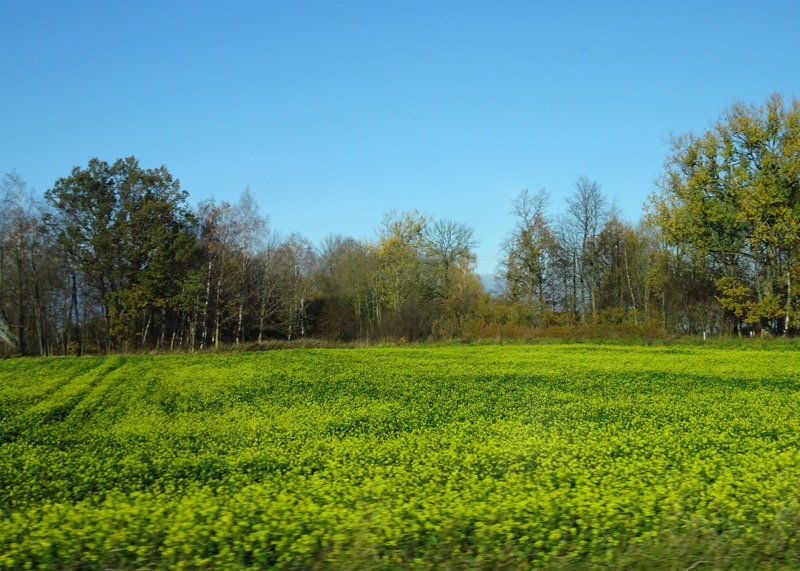
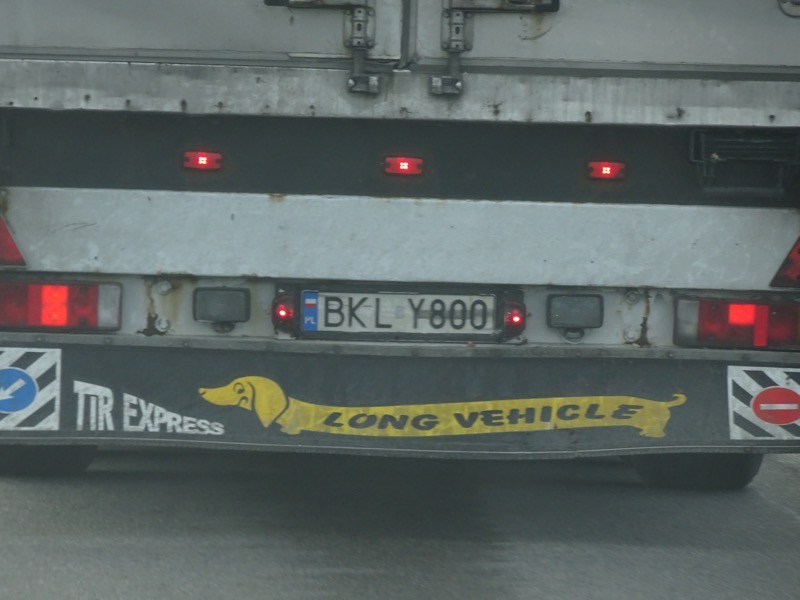
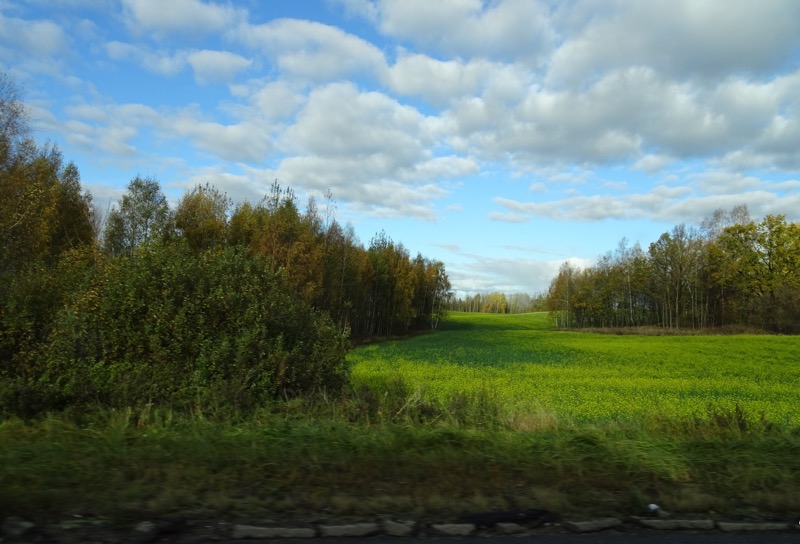 I think I blinked and missed the Latvia border… Oh, well. Goodbye Lithuania and welcome to Poland! Here, have a disused border building, some indecipherable signage and an immediately discernible downgrade in road quality.
I think I blinked and missed the Latvia border… Oh, well. Goodbye Lithuania and welcome to Poland! Here, have a disused border building, some indecipherable signage and an immediately discernible downgrade in road quality. 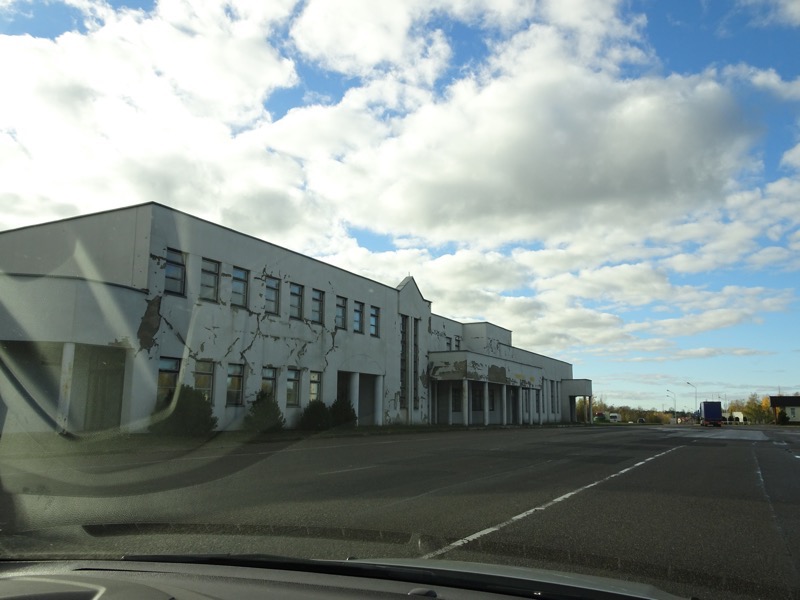
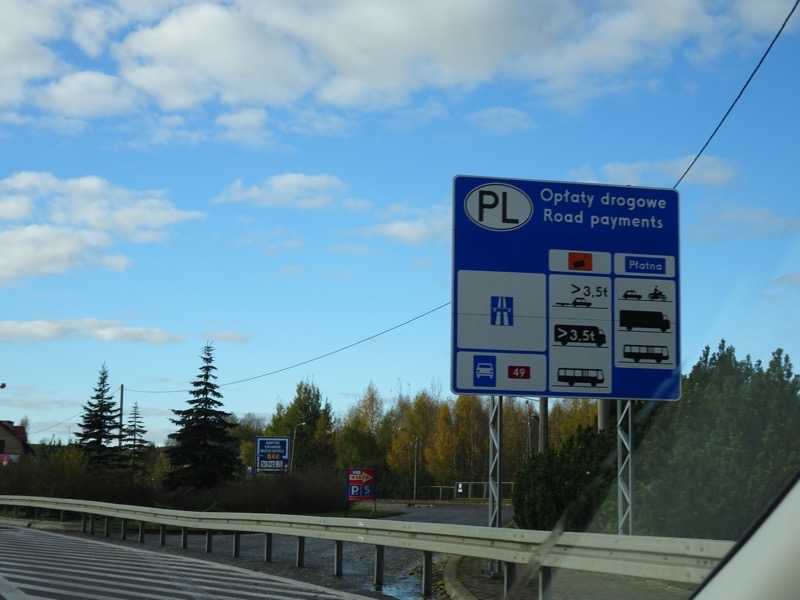 Thankfully, we got to keep the pretty landscapes.
Thankfully, we got to keep the pretty landscapes.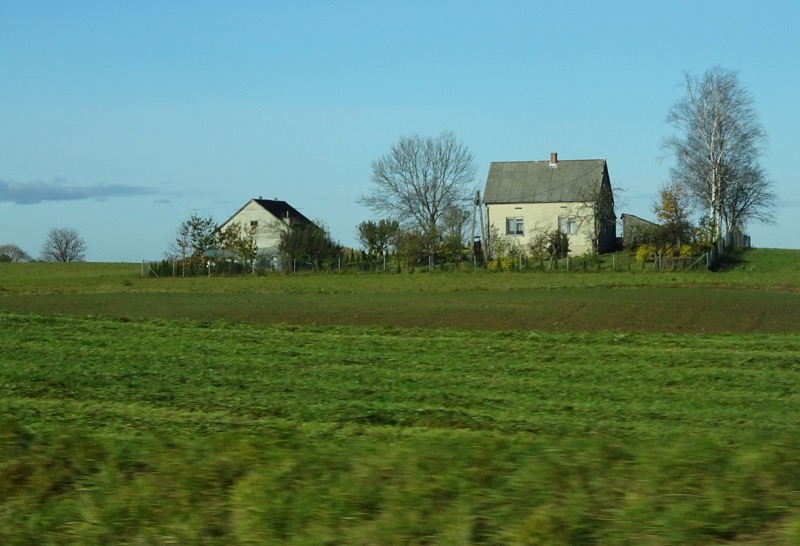
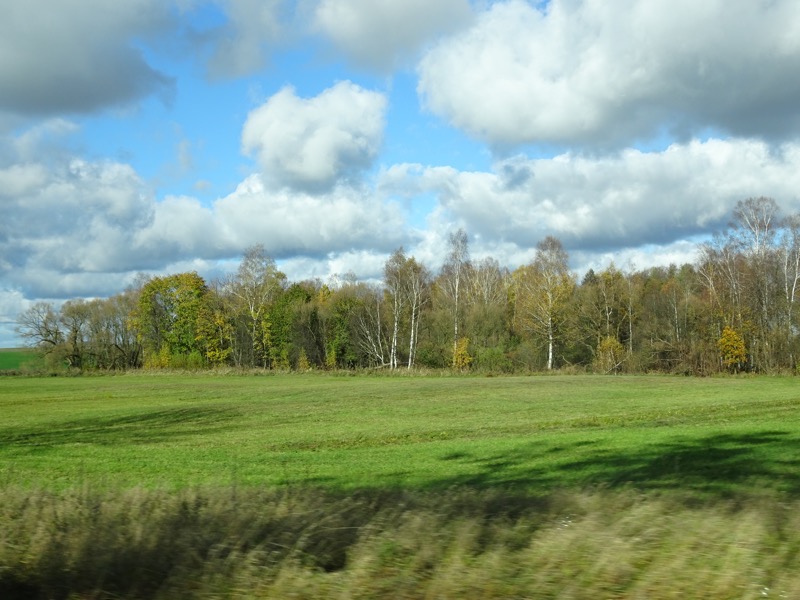
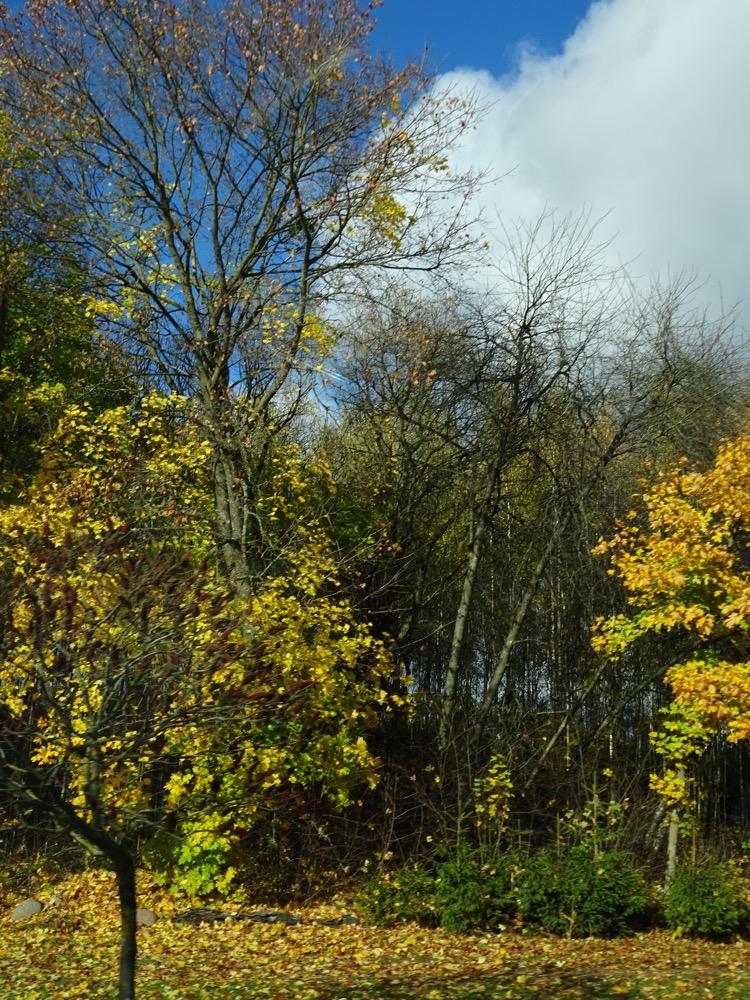
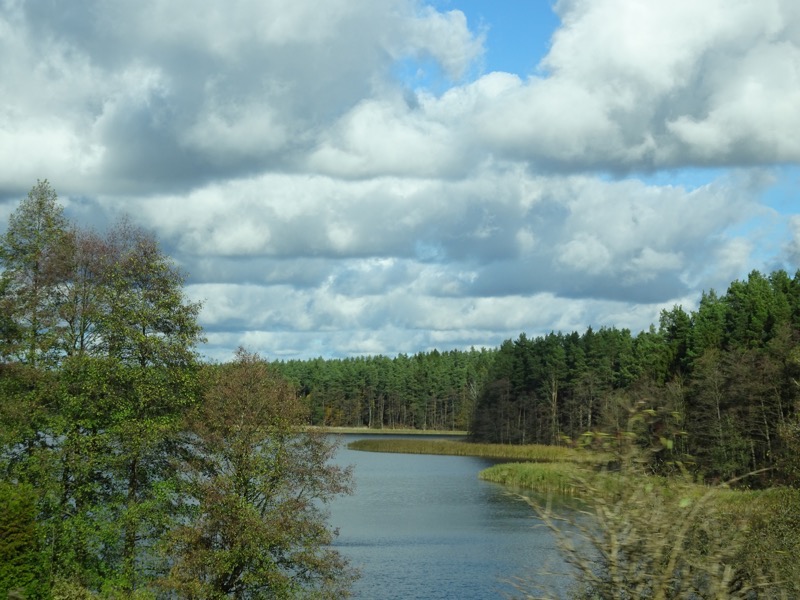
To break up our trip we had decided we would stop just after midday at the Wolf’s Lair. In German known as the ‘Wolfsschanze’. Basically, this was Hitler’s primary military headquarters on the Eastern Front for nearly three years of World War II.
The drive into the complex is skirted by dense forest, far from major roads and urban areas. Much of the forest surrounding the compound was heavily peppered in landmines during the war, as a defence against ground attacks. Would have been so pretty and yet so dangerous…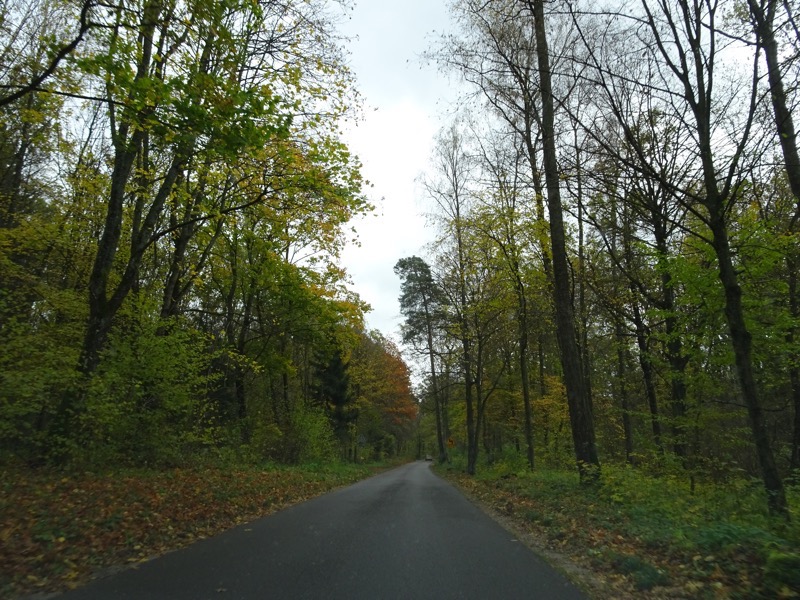 Hitler’s Wolf’s Lair complex is enormous – at roughly 6.5 km2 it was built by June 1941 to house the nearly 2,000 people who would come to live and work in the compound. Among the workers were twenty women who were Hitler’s official food tasters, like Margot Wölk. Margot was from a German family, born and raised in Berlin, married a man named Karl who was in the Germany army and she didn’t know if he was dead or alive. She ended up fleeing to Eastern Prussia when their home in Berlin was bombed and basically had no one to look out for her and found herself rounded up by the local mayor for duty as a food taster to Adolf Hitler?! Her story is remarkable if you read a bit further into it. Hitler’s intelligence sources were informing him that the British were planning an assassination attempt by food poisoning which fed Hitler’s perfectly just fear that people were trying to assassinate him, hence the food tasting team.
Hitler’s Wolf’s Lair complex is enormous – at roughly 6.5 km2 it was built by June 1941 to house the nearly 2,000 people who would come to live and work in the compound. Among the workers were twenty women who were Hitler’s official food tasters, like Margot Wölk. Margot was from a German family, born and raised in Berlin, married a man named Karl who was in the Germany army and she didn’t know if he was dead or alive. She ended up fleeing to Eastern Prussia when their home in Berlin was bombed and basically had no one to look out for her and found herself rounded up by the local mayor for duty as a food taster to Adolf Hitler?! Her story is remarkable if you read a bit further into it. Hitler’s intelligence sources were informing him that the British were planning an assassination attempt by food poisoning which fed Hitler’s perfectly just fear that people were trying to assassinate him, hence the food tasting team.
(Wilczy Szaniec – Polish for Wolf’s Lair)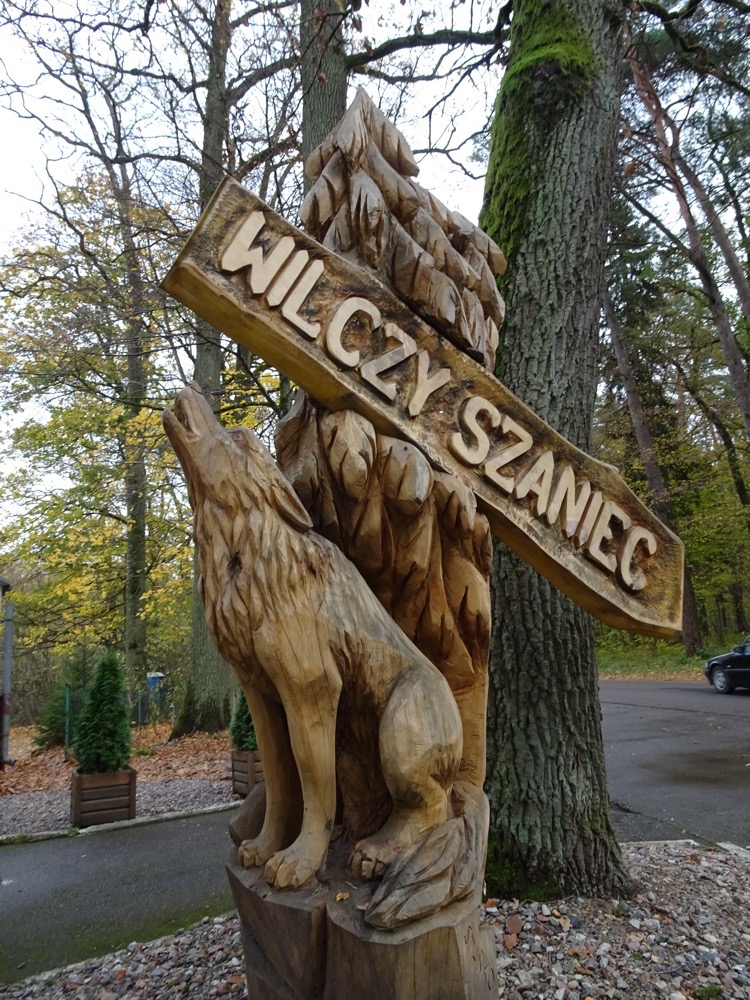
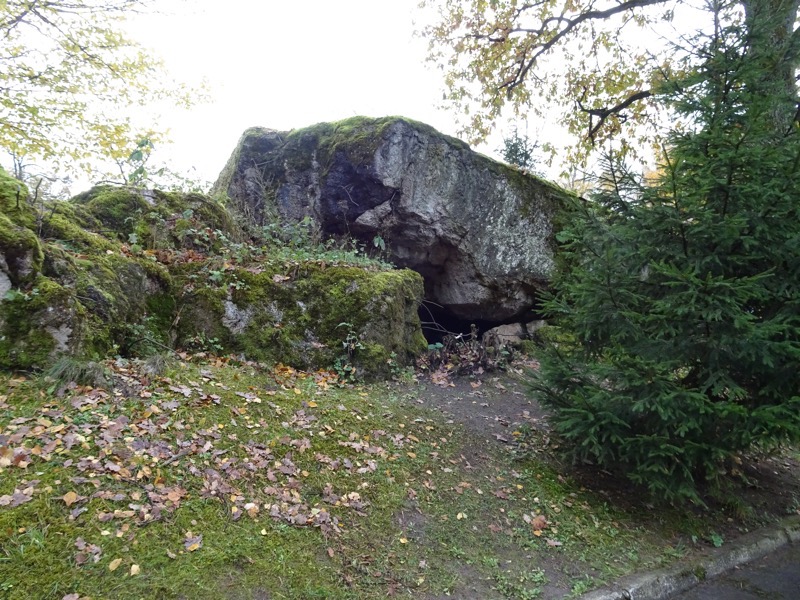
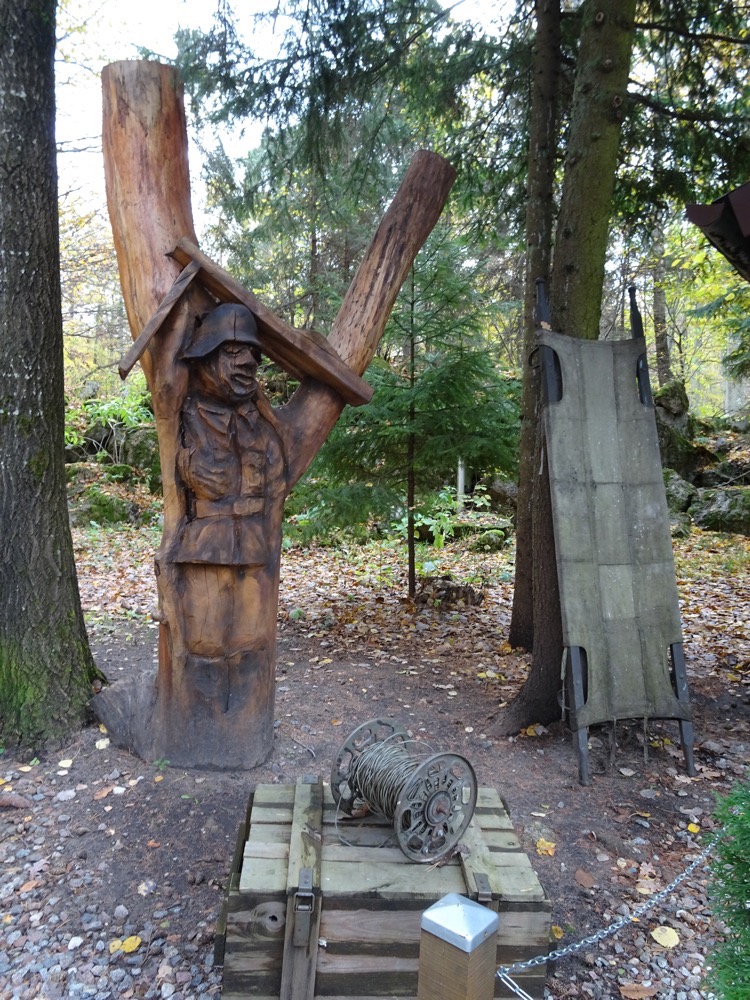
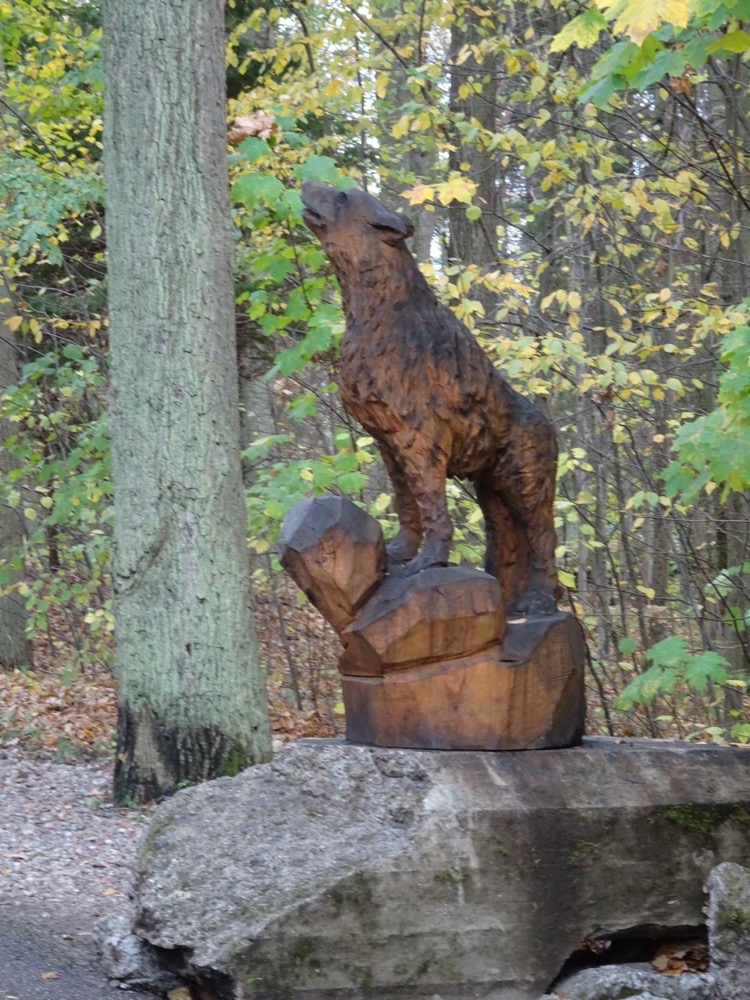 RSD Command Centre – Reichssicherheitsdienst, a Nazi SS security command post that was responsible for all aspects of security for the complex.
RSD Command Centre – Reichssicherheitsdienst, a Nazi SS security command post that was responsible for all aspects of security for the complex.
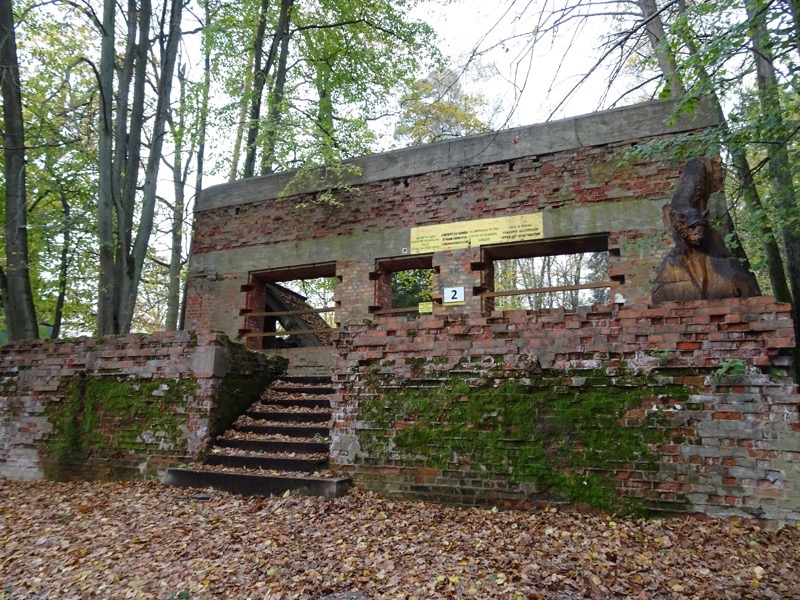 Security was arranged in three concentric circles around the compound:
Security was arranged in three concentric circles around the compound:
Security Zone 3 is the first zone encountered when entering the complex. It was the heavily fortified outer security zone which surrounded the two inner areas. It was defended by landmines I already mentioned and by the Führer Begleit Brigade (FBB), a special armoured security unit from Wehrmacht which was used to man multiple guard houses, watchtowers, and entry and exit checkpoints at the three entrance points.
Security Zone 2 was the next concentric circle in from the outer zone. It housed many lesser Reich Ministers such as Fritz Todt, Albert Speer, and Joachim von Ribbentrop. This zone also had quarters for the various other personnel that lived and worked in the Wolf’s Lair, as well as barracks and amenities for the officers of the RSD.
Security Zone 1 was the inner circle or ‘heart’ of the Wolf’s Lair. It was encircled by steel fencing and guarded by the Reichssicherheitsdienst (RSD) SS specialists. Inside this zone was Hitler’s Bunker and ten other camouflaged bunkers. Each bunker was constructed from steel-reinforced concrete that was over 2m thick. The bunkers in this area were for Hitler’s inner circle – including such infamous bastards as Hermann Göring, Martin Bormann, Wilhelm Keitel, and others. 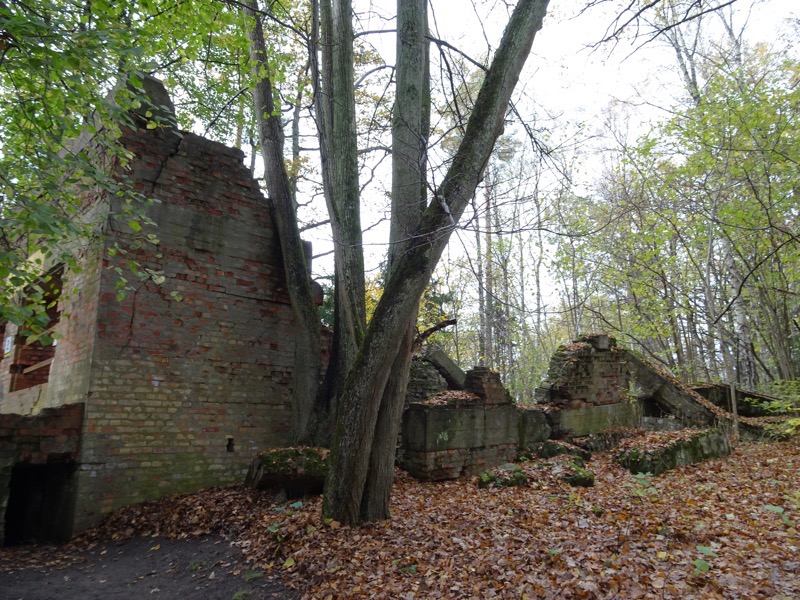 Nearly all the bunkers seem to have basement air raid shelters or armament storage underneath them.
Nearly all the bunkers seem to have basement air raid shelters or armament storage underneath them.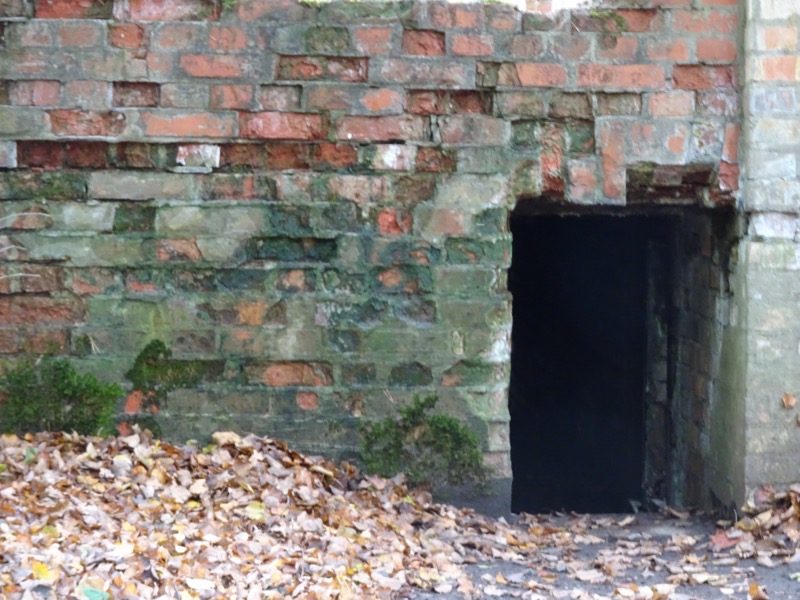 Inside the bunkers were a maze of corridors, conference rooms, workspaces and shelters.
Inside the bunkers were a maze of corridors, conference rooms, workspaces and shelters.
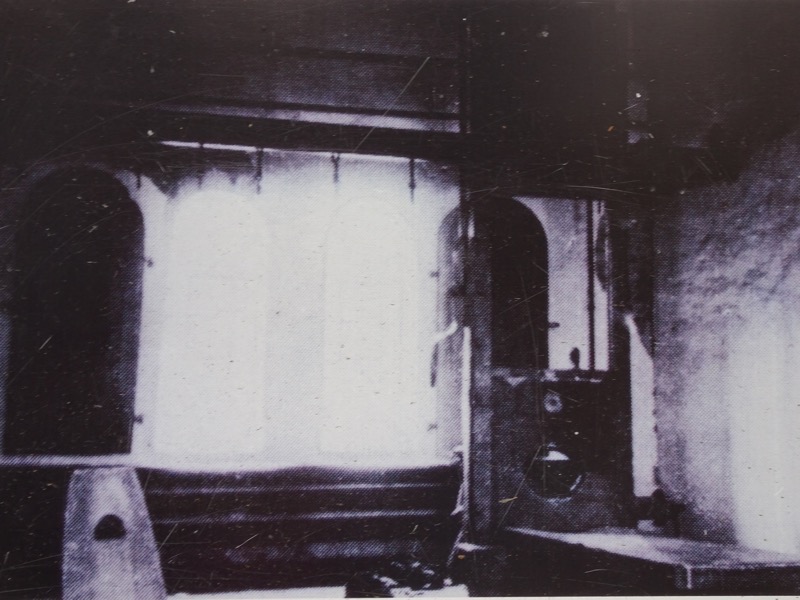
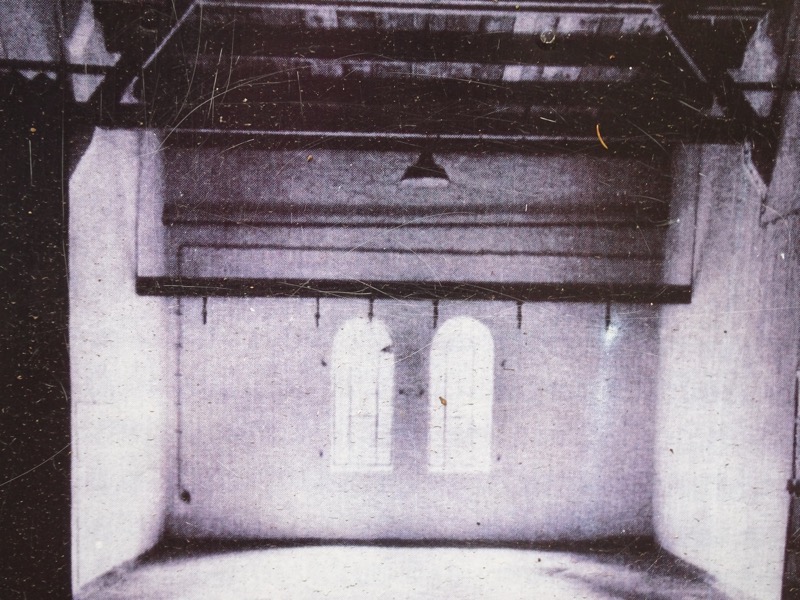
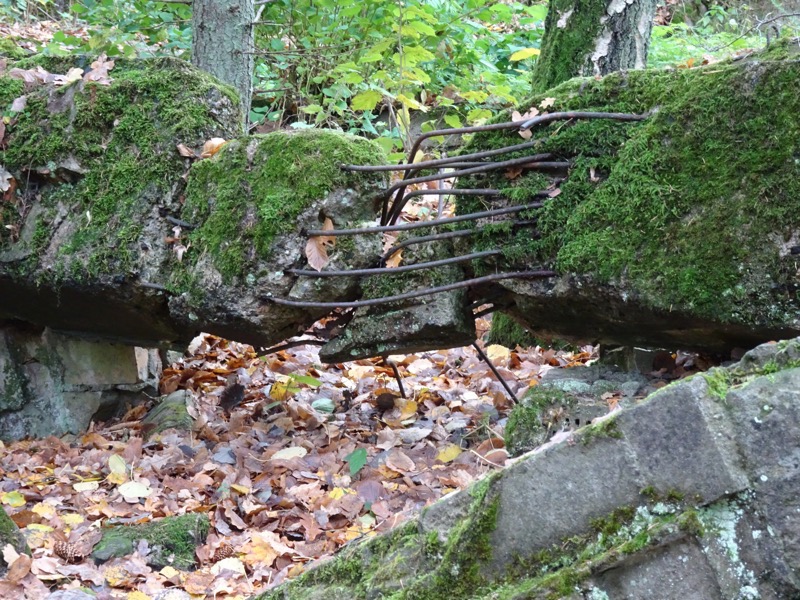 The Wolf’s Lair has several monuments and memorials that have been created to commemorate the people who were associated with this place in WWII, particularly those who did the difficult work of destroying it and making the surrounding areas safe from landmines.
The Wolf’s Lair has several monuments and memorials that have been created to commemorate the people who were associated with this place in WWII, particularly those who did the difficult work of destroying it and making the surrounding areas safe from landmines.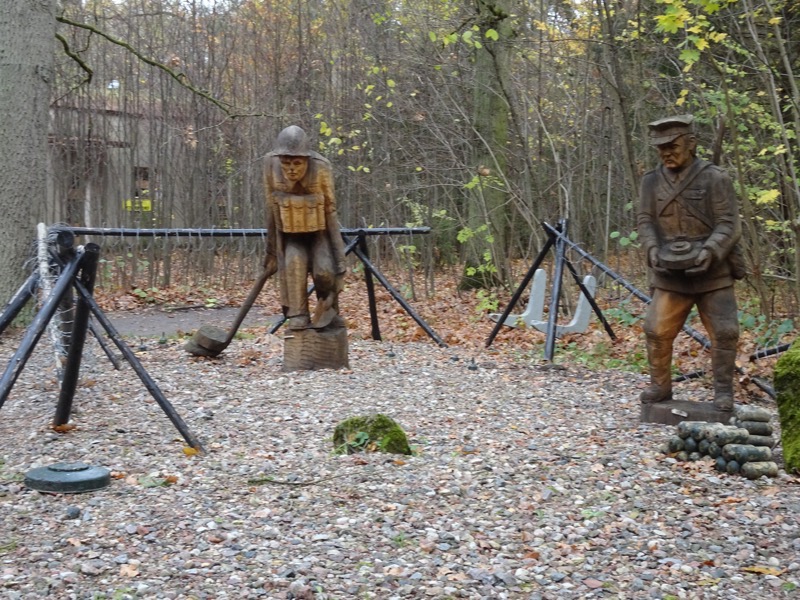
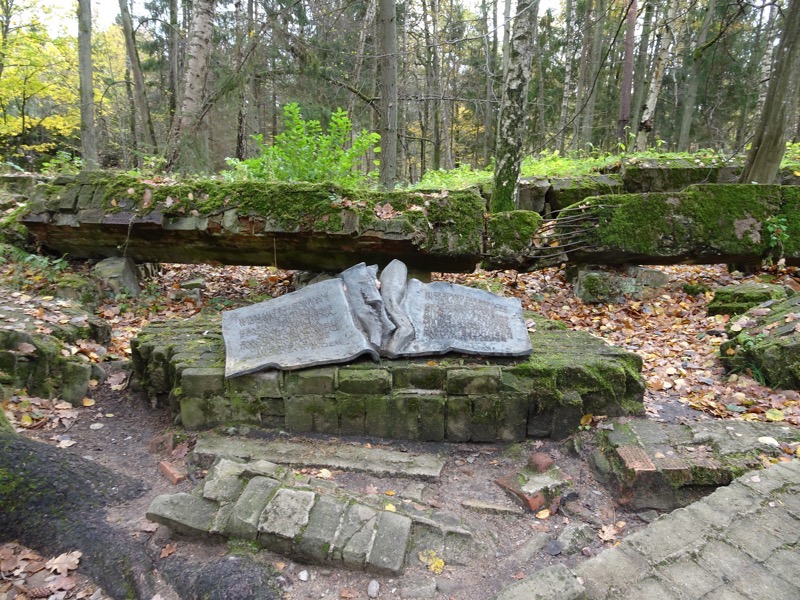
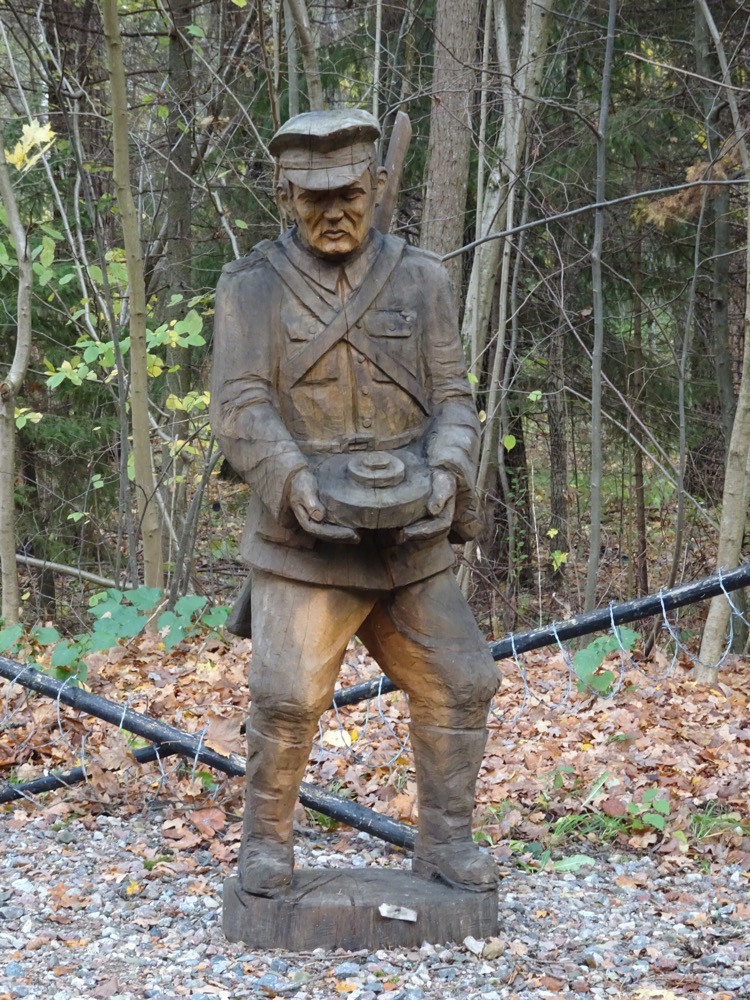
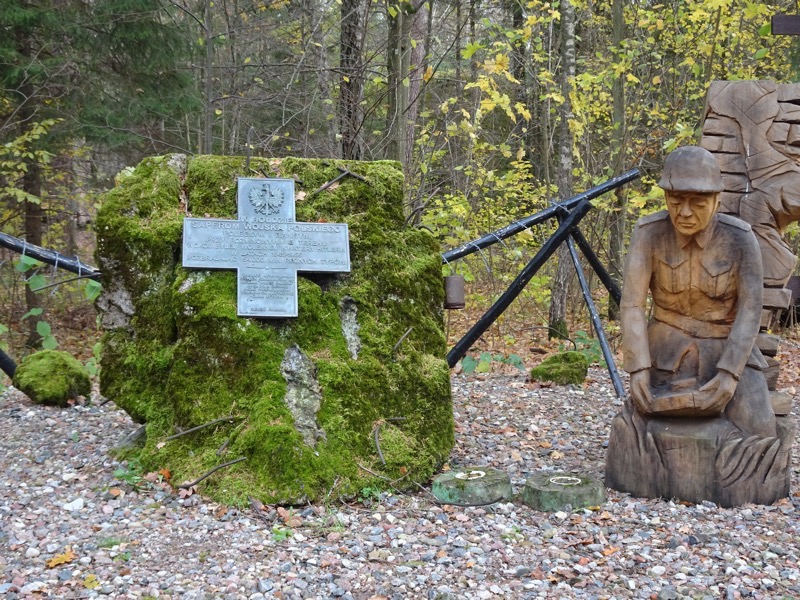
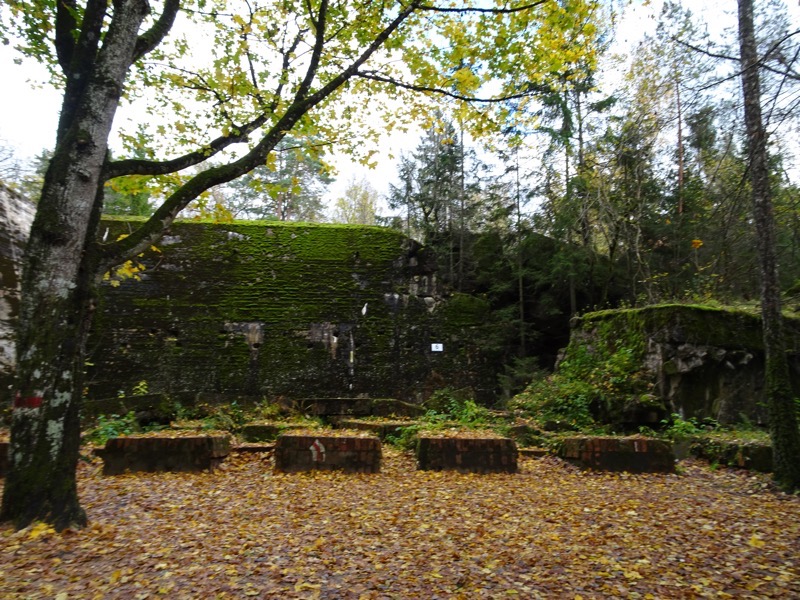 Bunker 6 held a conference room that was the site of the 20 July 1944 assassination attempt that was organized by a group of civilians, in cohorts with some acting and retired Wehrmacht officers whose goal was to kill Hitler, end the war, and establish a new Germany government. Staff officer Colonel Claus von Stauffenberg was the primary assassin and he carried a briefcase into what was a daily conference meeting. He was supposed to place it a few feet from where Hitler would hold his meeting, but unfortunately, on the day the attempt was to be made, the meeting location was changed to a different building due to refurbishment happening in the Führer’s Bunker *and* it was rescheduled to be earlier than usual – so the attempt was unsuccessful. The bomb went off as timed, and the interior of the Bunker 6 was destroyed, four people were killed, but Hitler sustained only slight injuries.
Bunker 6 held a conference room that was the site of the 20 July 1944 assassination attempt that was organized by a group of civilians, in cohorts with some acting and retired Wehrmacht officers whose goal was to kill Hitler, end the war, and establish a new Germany government. Staff officer Colonel Claus von Stauffenberg was the primary assassin and he carried a briefcase into what was a daily conference meeting. He was supposed to place it a few feet from where Hitler would hold his meeting, but unfortunately, on the day the attempt was to be made, the meeting location was changed to a different building due to refurbishment happening in the Führer’s Bunker *and* it was rescheduled to be earlier than usual – so the attempt was unsuccessful. The bomb went off as timed, and the interior of the Bunker 6 was destroyed, four people were killed, but Hitler sustained only slight injuries.
Before the bomb detonated, Colonel Stauffenberg and his co-conspirator, Lieutenant Werner von Haeften, had already left Wolf’s Lair to return to Berlin. They managed to pass through several of the security zones and after only a short delay at the RSD guard post just outside Zone 1, they were allowed to leave the site by car. News arrived in Berlin fairly quickly of the assassination attempt, and of Hitler’s survival. Poor Colonel Von Stauffenberg, his Lieutenant, and several co-conspirators were arrested and shot that same evening outside the Bendlerblock in Berlin.
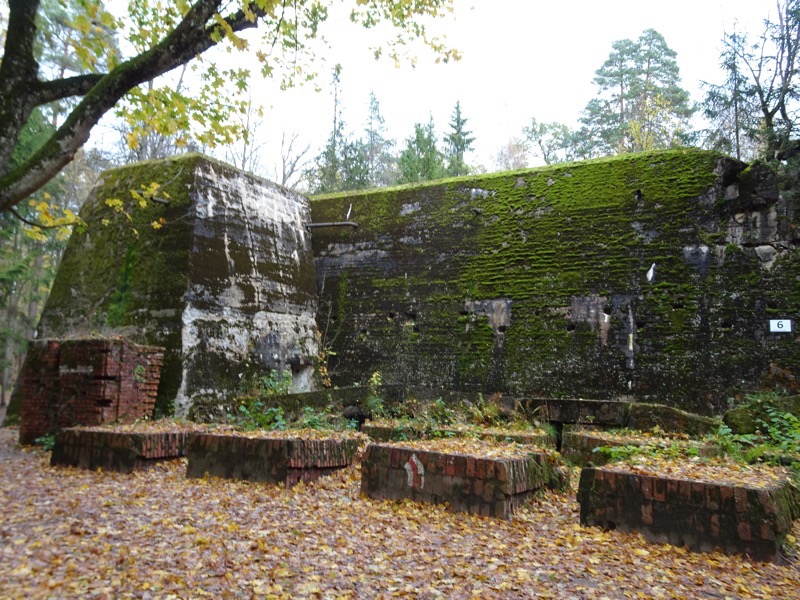 Reichsmarschall Hermann Göring surveying the conference room that was destroyed by the suitcase bomb left by Claus von Stauffenberg on 20 July 1944
Reichsmarschall Hermann Göring surveying the conference room that was destroyed by the suitcase bomb left by Claus von Stauffenberg on 20 July 1944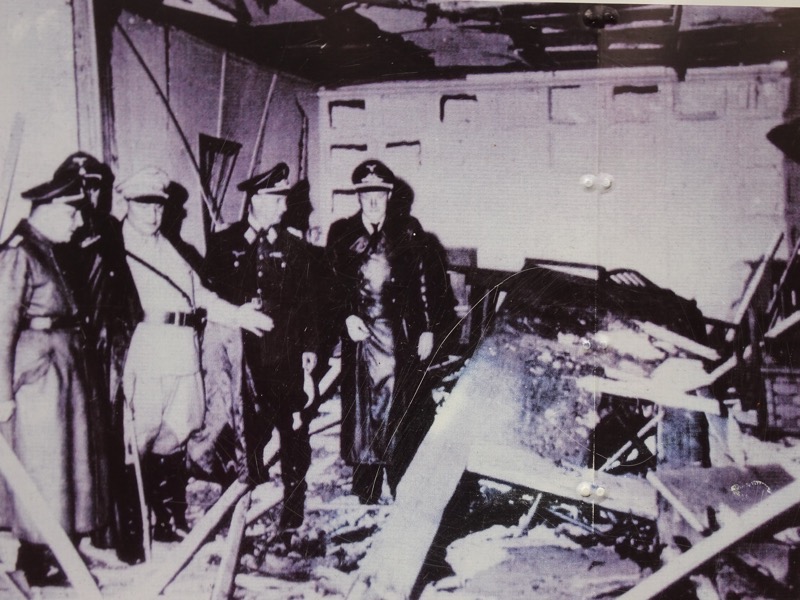
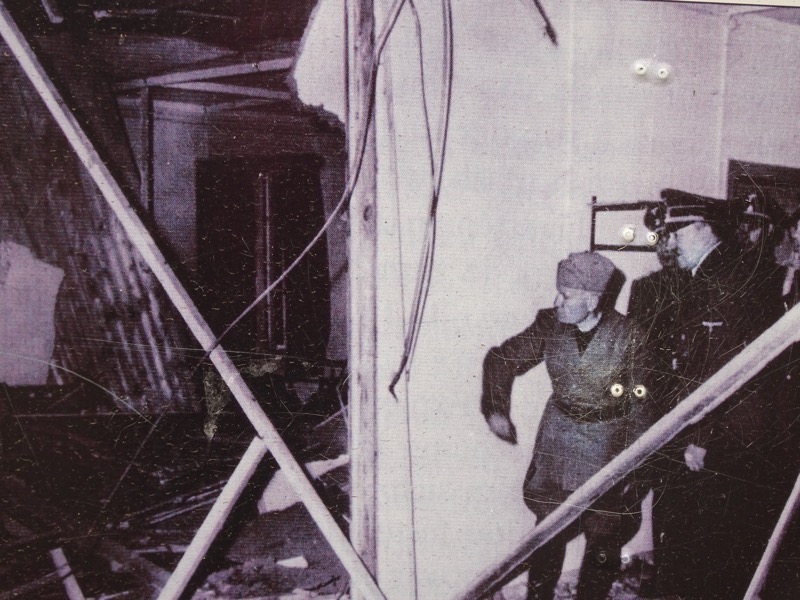
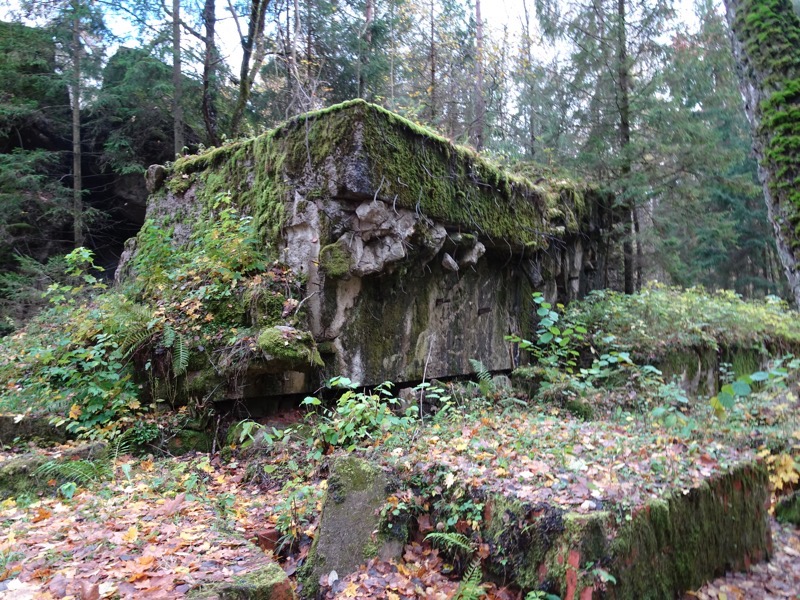
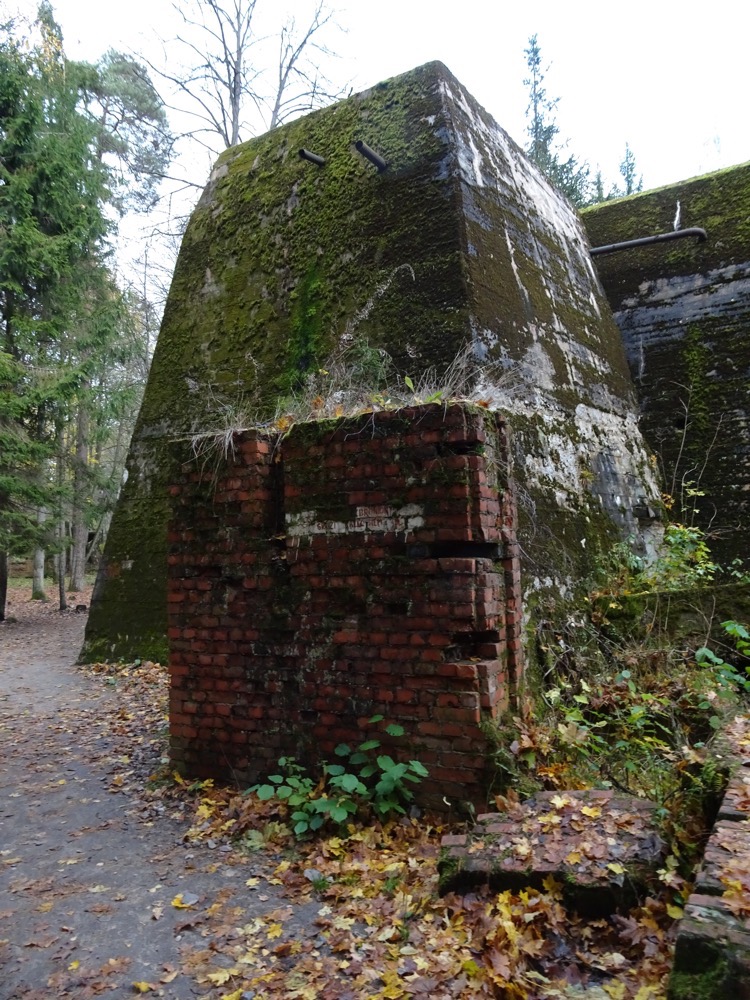
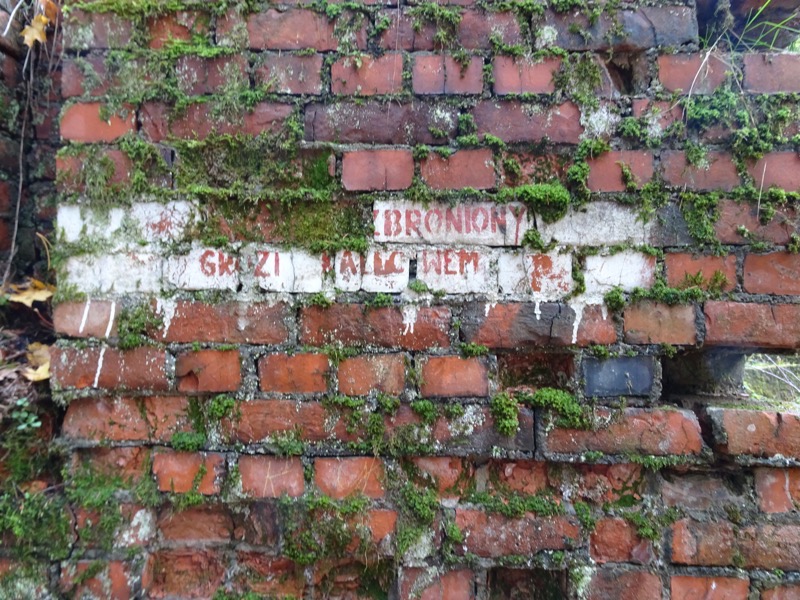 It struck me at Auschwitz-Birkenau and now again at Wolfsschanze just the sheer size and scope of the military industrial complex that was deployed by the Germans during World War II. It has been as eye-opening as the first time I went to Gallipoli – I had learned about the ANZACS and the Gallipoli military disaster during my formal education and had continued to study and gain knowledge o this topic throughout my entire life. But until I found myself looking down on ANZAC Cove and looking at the topography that the ANZAC diggers were attempting to overcome, the enormity and impossibility of it all did not really become a tangible and concrete concept in my mind.
It struck me at Auschwitz-Birkenau and now again at Wolfsschanze just the sheer size and scope of the military industrial complex that was deployed by the Germans during World War II. It has been as eye-opening as the first time I went to Gallipoli – I had learned about the ANZACS and the Gallipoli military disaster during my formal education and had continued to study and gain knowledge o this topic throughout my entire life. But until I found myself looking down on ANZAC Cove and looking at the topography that the ANZAC diggers were attempting to overcome, the enormity and impossibility of it all did not really become a tangible and concrete concept in my mind.
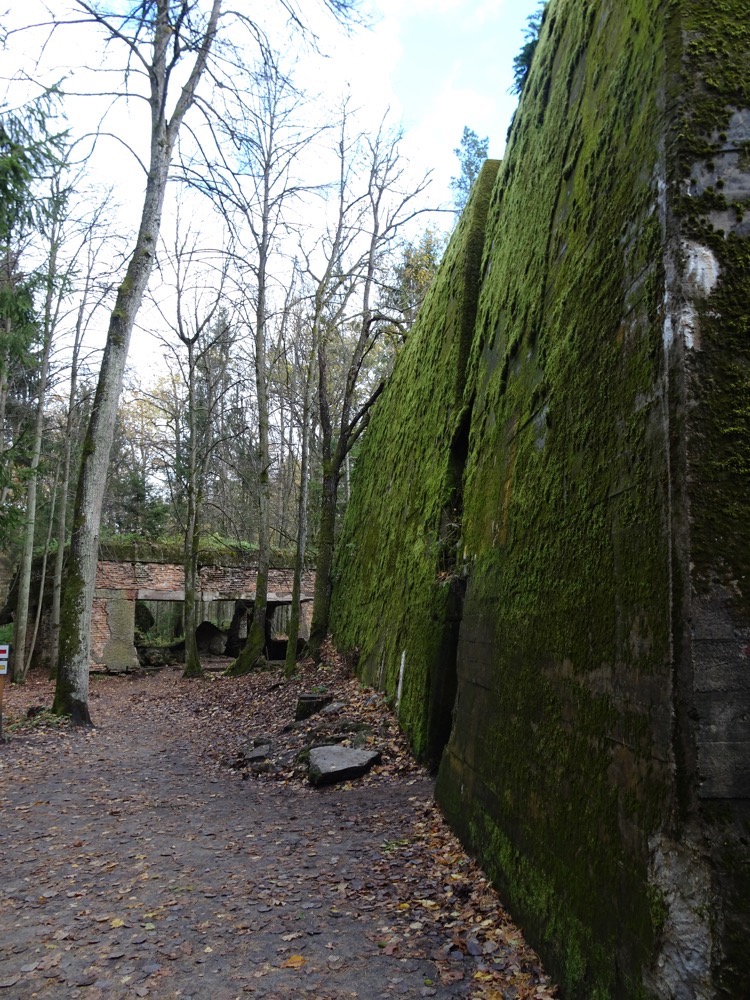 Likewise, having grown up in the ’70s and having been taught WWII history and continuing to learn more and more about the Holocaust over the years – the displacement and deportation of millions of people throughout Europe, the slave labour and abuses of the concentration camps, and of course the details of the truly horrific attempt to completely exterminate the European Jewish population in death camps – these things too have been academic concepts in my mind without concrete frame of reference to anchor them to.
Likewise, having grown up in the ’70s and having been taught WWII history and continuing to learn more and more about the Holocaust over the years – the displacement and deportation of millions of people throughout Europe, the slave labour and abuses of the concentration camps, and of course the details of the truly horrific attempt to completely exterminate the European Jewish population in death camps – these things too have been academic concepts in my mind without concrete frame of reference to anchor them to.
Now… having seen the enormity and scale of the just a portion of German military operation during WWII (and this has literally just been a small peek at what the Nazis had put in place), it has completely eclipsed my expectations and I am finding it difficult to verbalise just how monstrously immense the scale of their endeavour was, and the ruthless efficiency with which they appear to have attempted to deploy it. It’s… shocking. Truly shocking. I don’t know how something I have known about my entire life can be shocking. But it is. 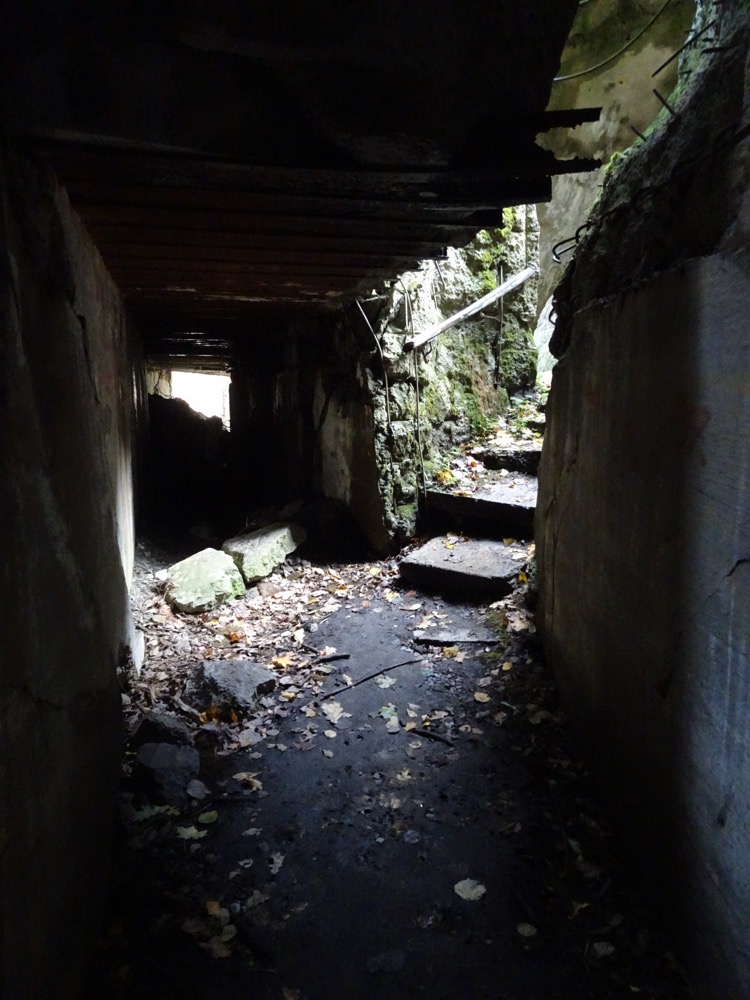 Bunker 8 was a Guest Bunker and Air Raid Shelter.
Bunker 8 was a Guest Bunker and Air Raid Shelter.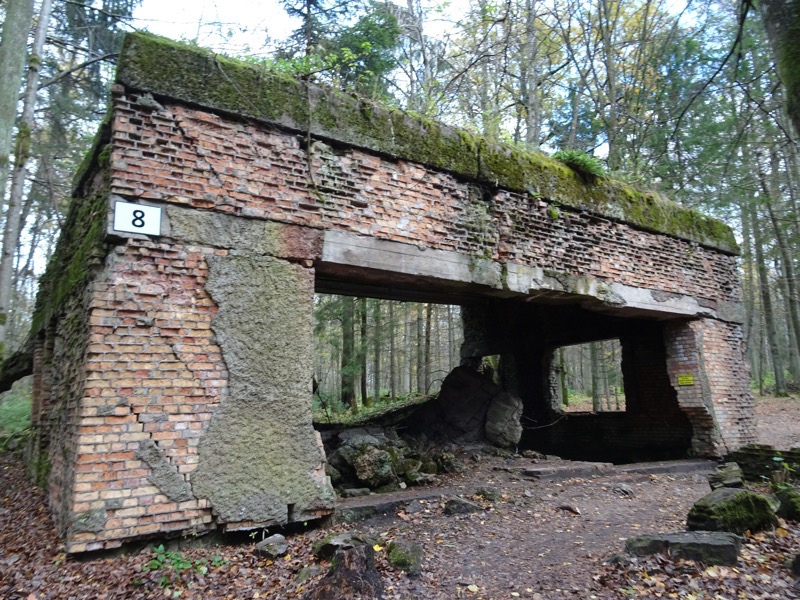
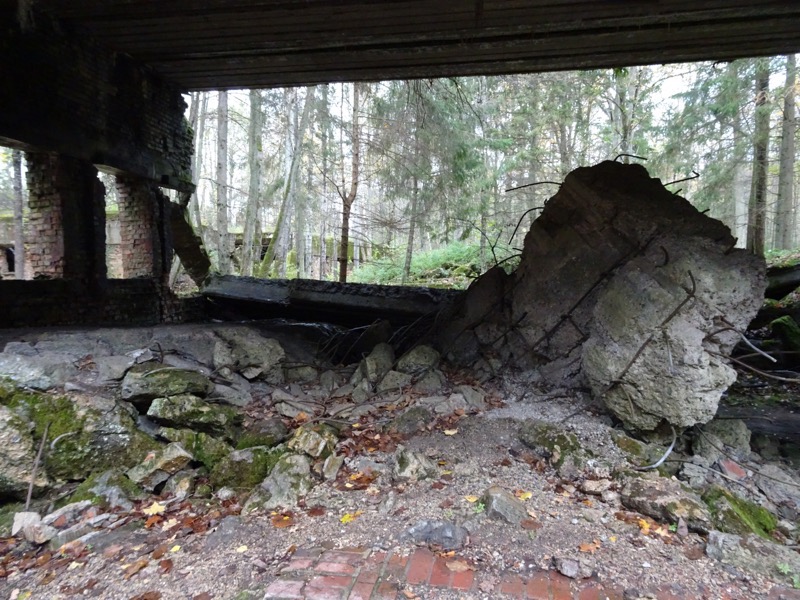
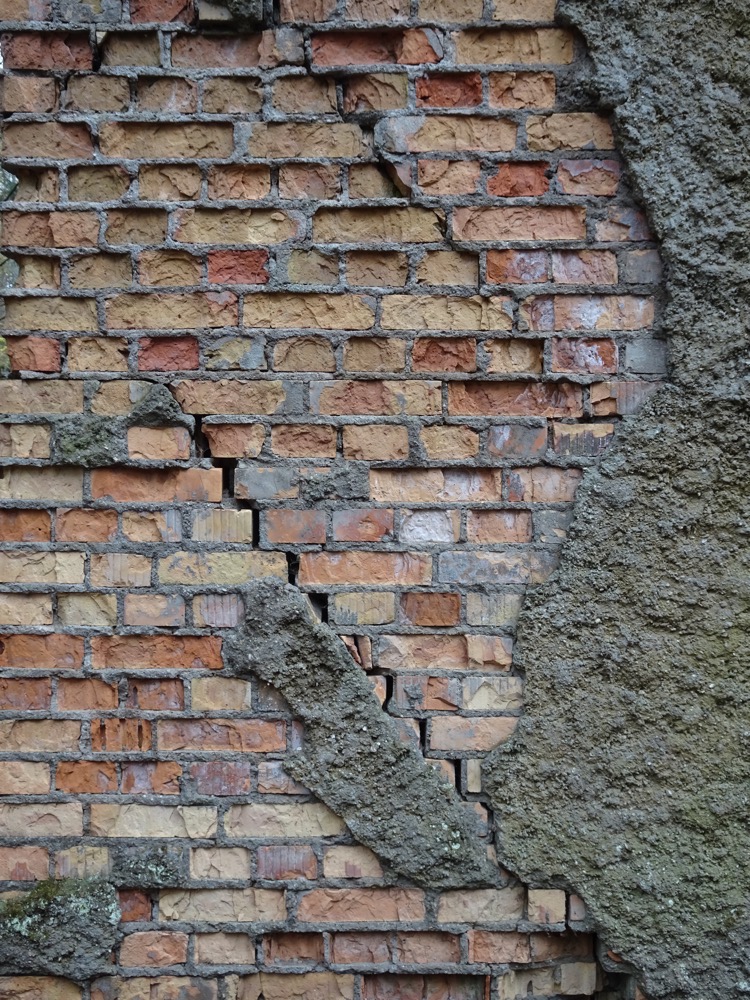 This enormous slab of concrete weighing who knows how many tonnes, looks like it is precariously balanced on just a few decaying bricks…
This enormous slab of concrete weighing who knows how many tonnes, looks like it is precariously balanced on just a few decaying bricks…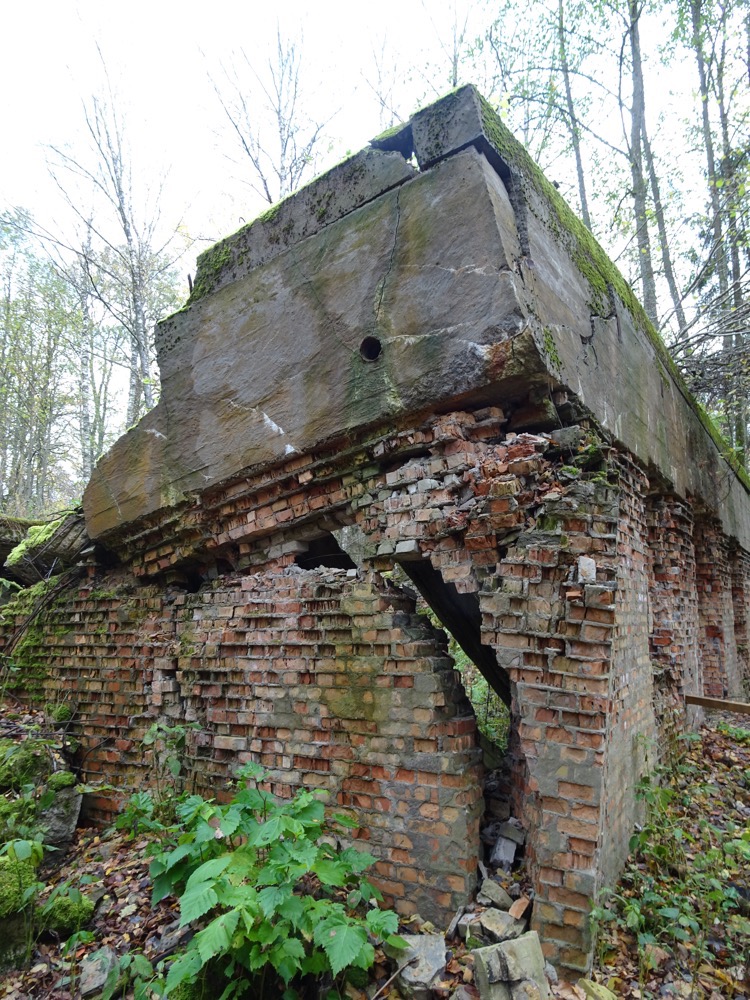
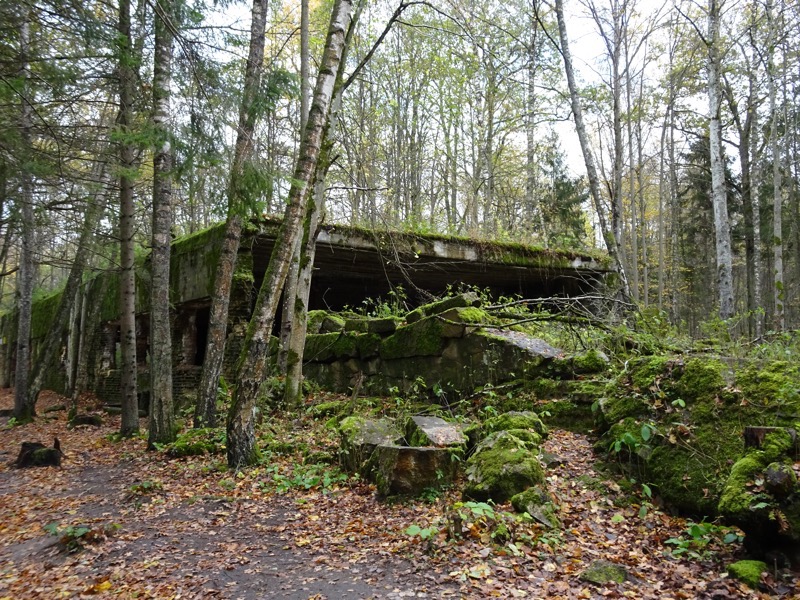
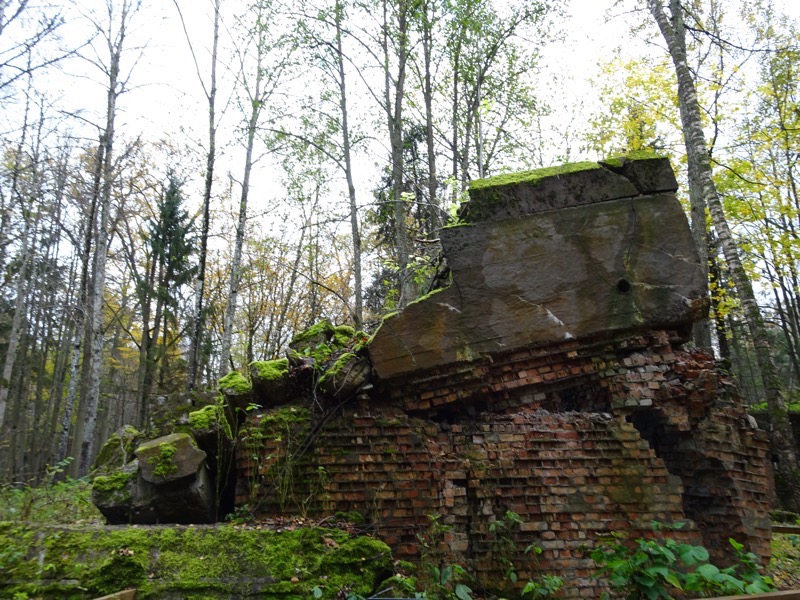 It’s not difficult to find a sombre beauty in the decay at Pripyat. Likewise, it is not difficult to find incredible textures, decaying walls and moss-covered walls at Wolf’s Lair that are similarly beautiful in their own way.
It’s not difficult to find a sombre beauty in the decay at Pripyat. Likewise, it is not difficult to find incredible textures, decaying walls and moss-covered walls at Wolf’s Lair that are similarly beautiful in their own way.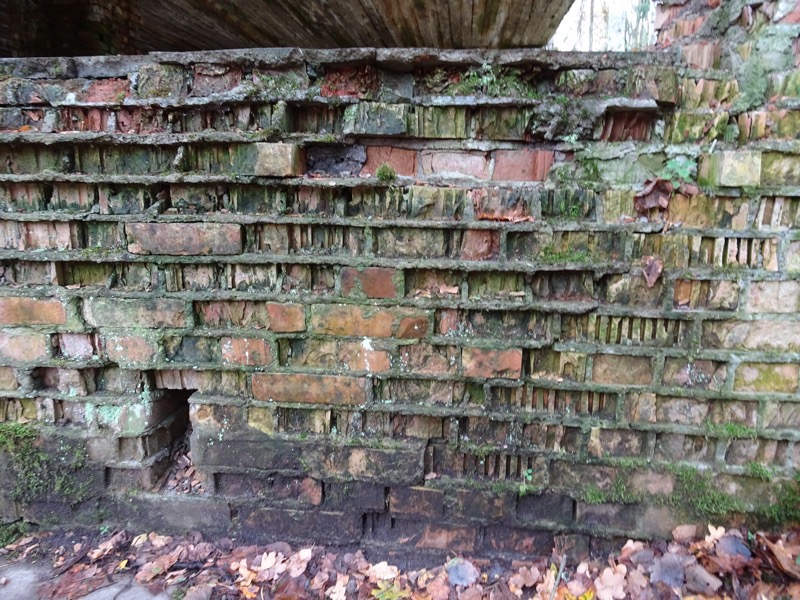
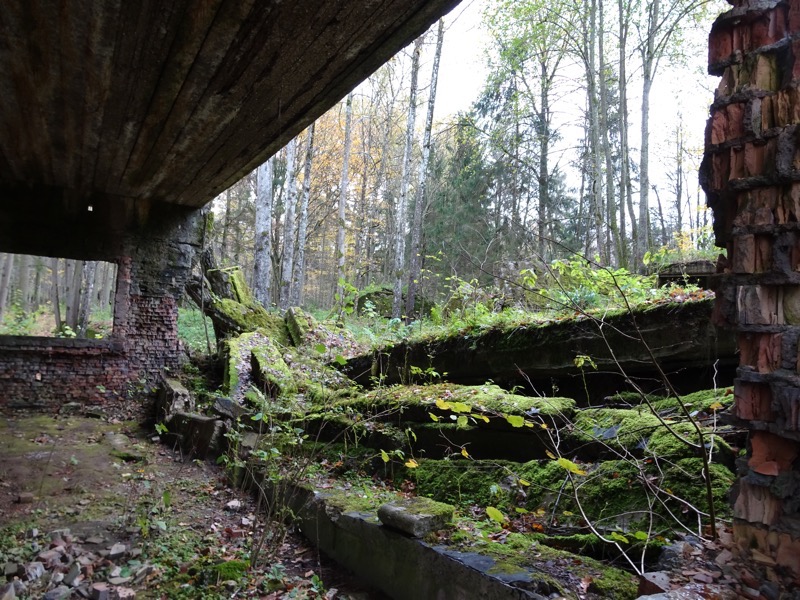
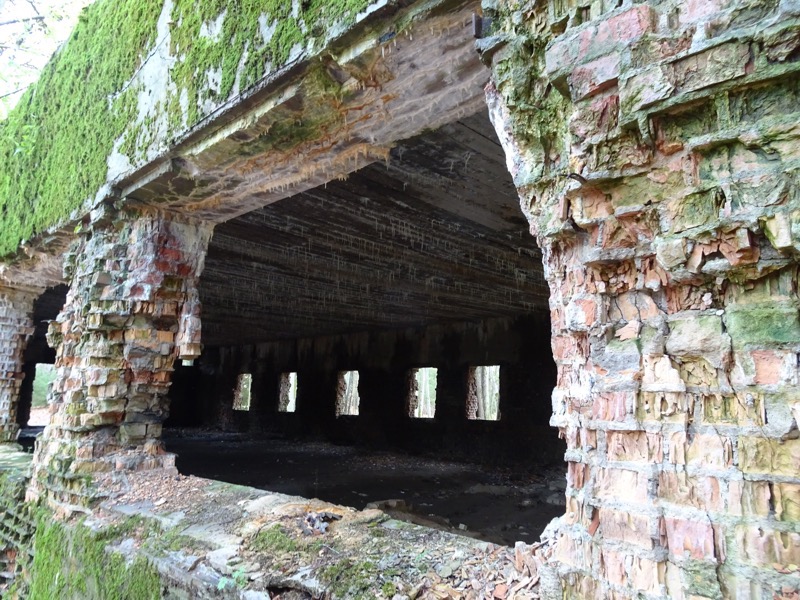
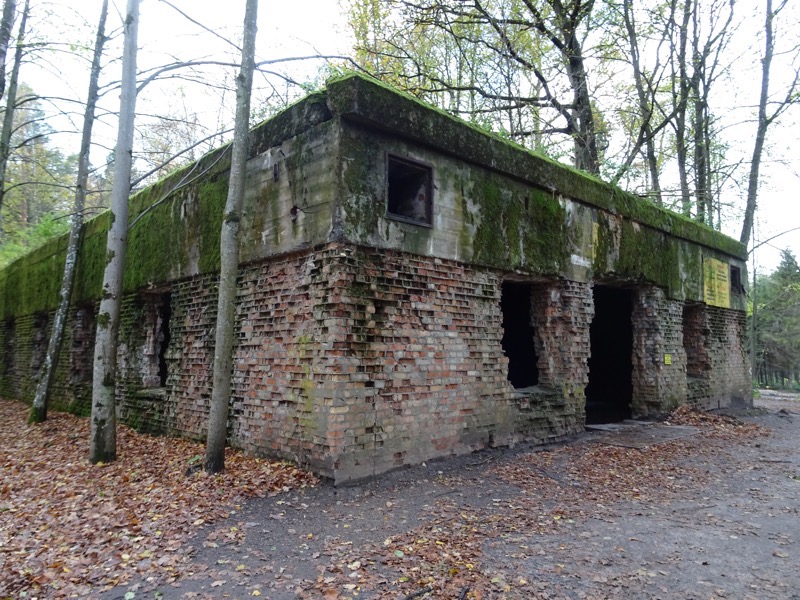
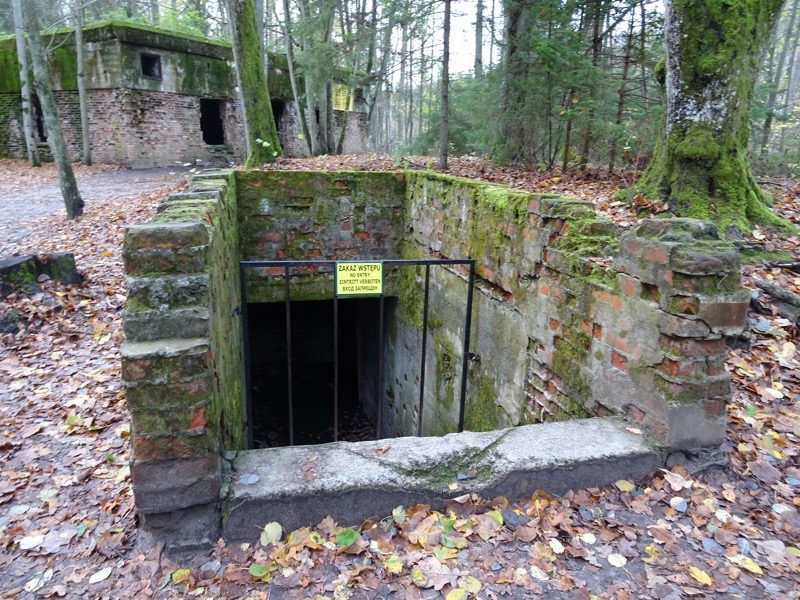 Bunker 11: Headquarters of Johann Rattenhuber, who was the Chief of the SS and head of Hitler’s security department. Also, fun fact – his headquarters doubled as the Post Office.
Bunker 11: Headquarters of Johann Rattenhuber, who was the Chief of the SS and head of Hitler’s security department. Also, fun fact – his headquarters doubled as the Post Office. 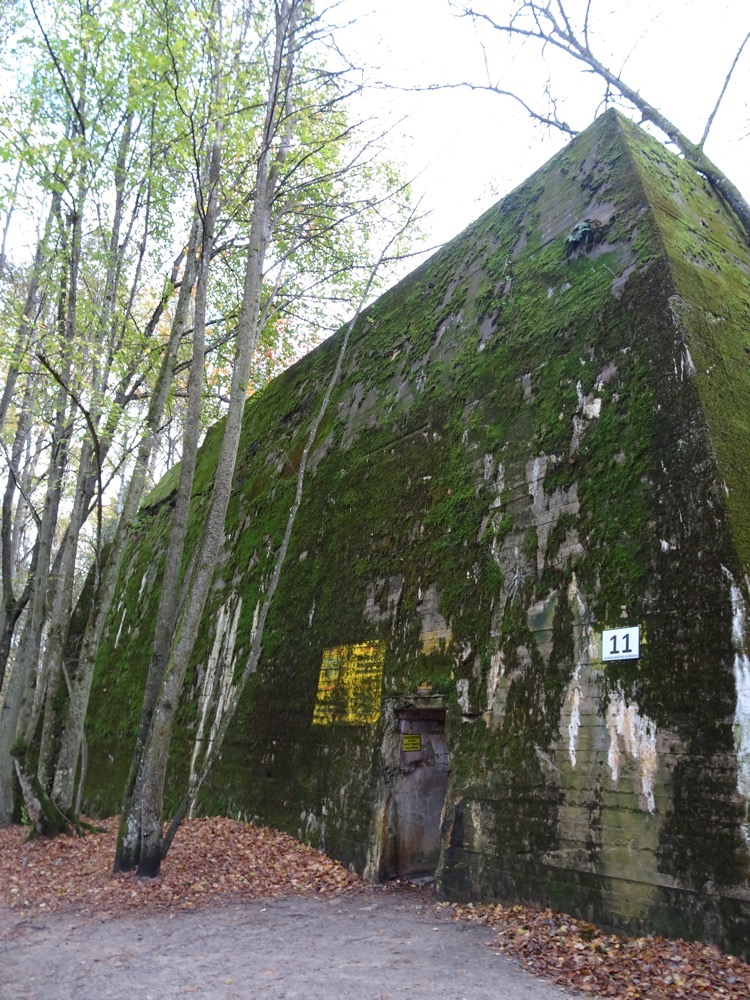
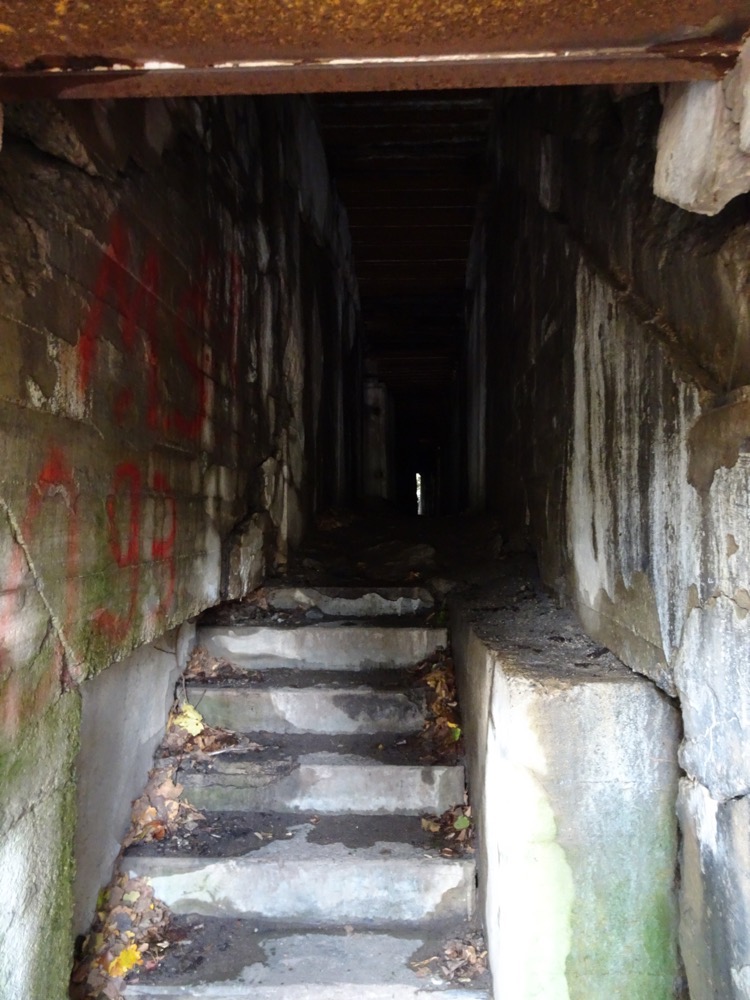
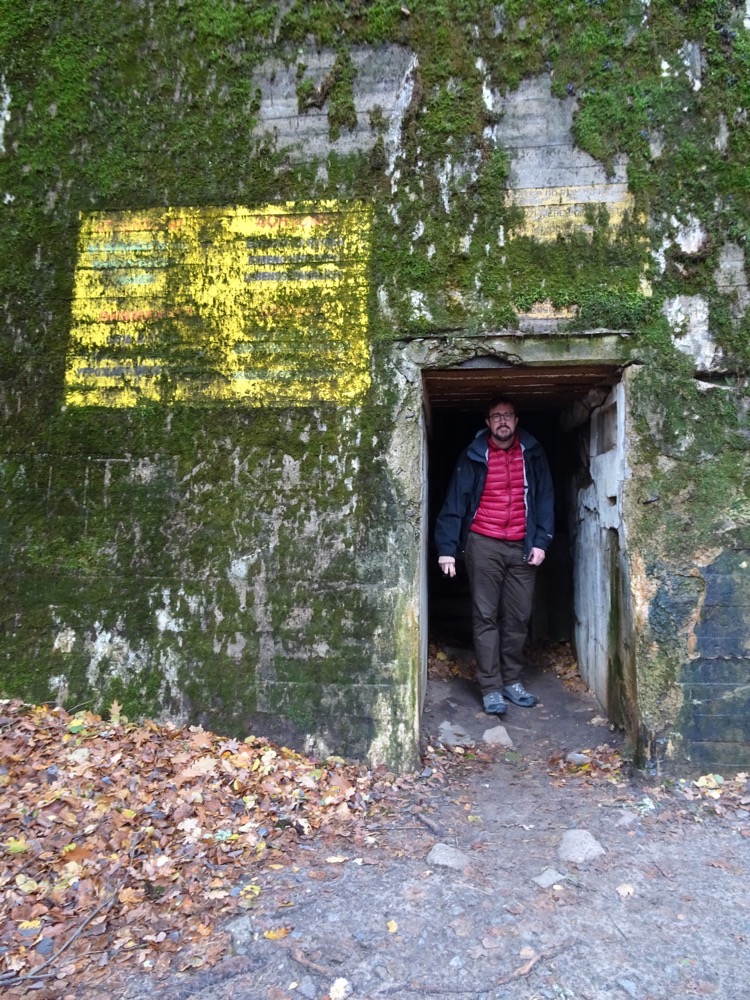
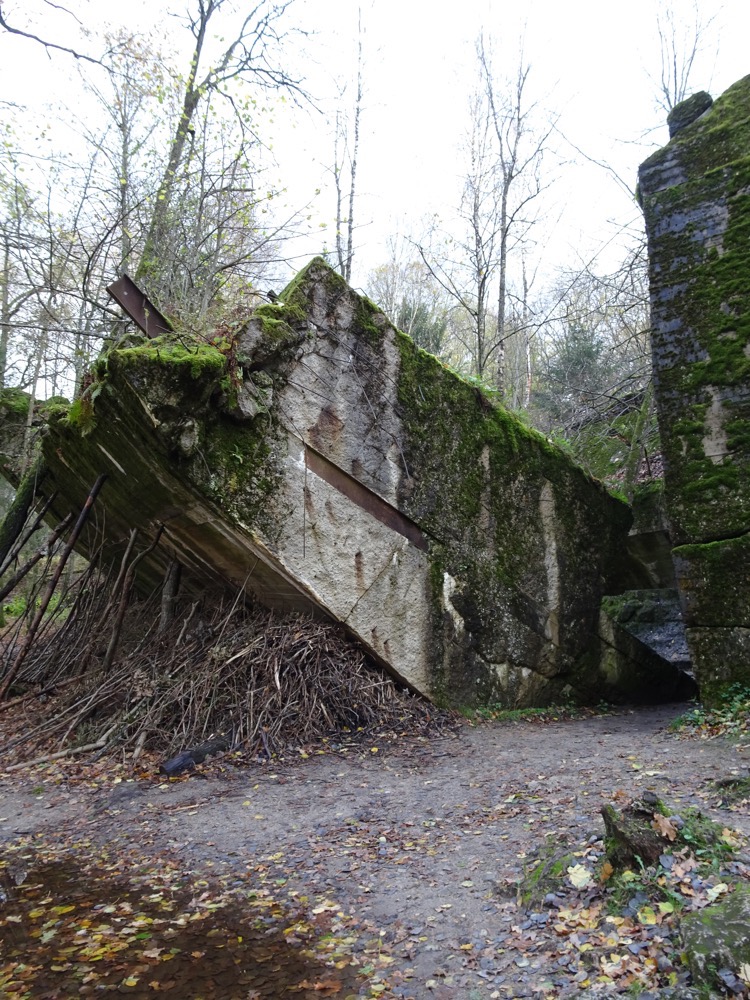 The bunkers were split wide open by explosives when the Red Army reached Eastern Prussia during the Baltic Offensive of 1944. Hitler left Wolf’s Lair for the last time on 20 November 1944 as the Soviet armies advanced. The Red Army took the site without firing a shot two days later, on the 22nd of November. Shortly after, directives were issued to destroy the complex and the demolition took place some months later in January 1945. Literally tonnes of explosives were used. Each bunker requiring approximately 8,000 kg of TNT to blast through the reinforced concrete. Given that most of these buildings have large portions still intact, even that amount of explosive was only enough to partially destroy these enormous reinforced bunkers.
The bunkers were split wide open by explosives when the Red Army reached Eastern Prussia during the Baltic Offensive of 1944. Hitler left Wolf’s Lair for the last time on 20 November 1944 as the Soviet armies advanced. The Red Army took the site without firing a shot two days later, on the 22nd of November. Shortly after, directives were issued to destroy the complex and the demolition took place some months later in January 1945. Literally tonnes of explosives were used. Each bunker requiring approximately 8,000 kg of TNT to blast through the reinforced concrete. Given that most of these buildings have large portions still intact, even that amount of explosive was only enough to partially destroy these enormous reinforced bunkers.
After that, efforts were started to clear each of the Wolf Lair’s security zones of the landmines that had been left behind. It took over a decade to clear more than 54,000 mines that had been scattered around the complex and in the security zones and wasn’t given the ‘all clear’ until 1955.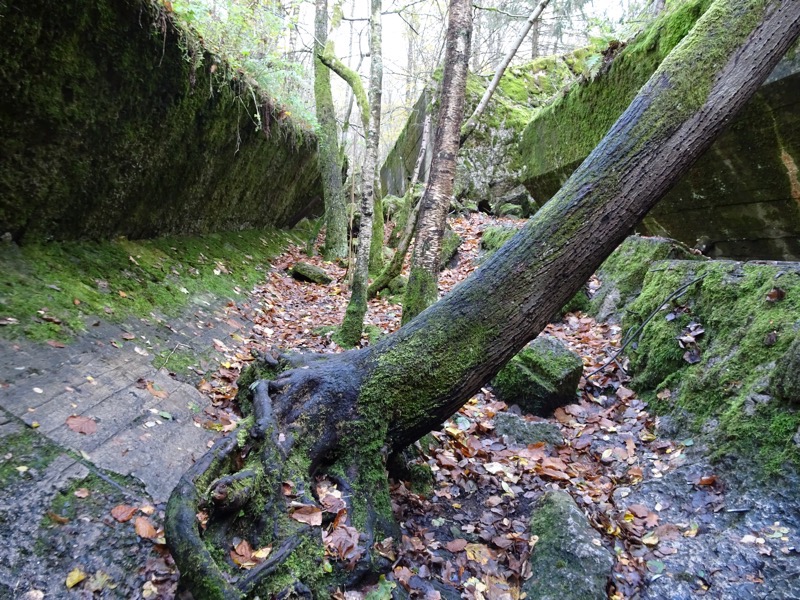
Bunker 13 – Hitler’s personal air raid shelter and bunker.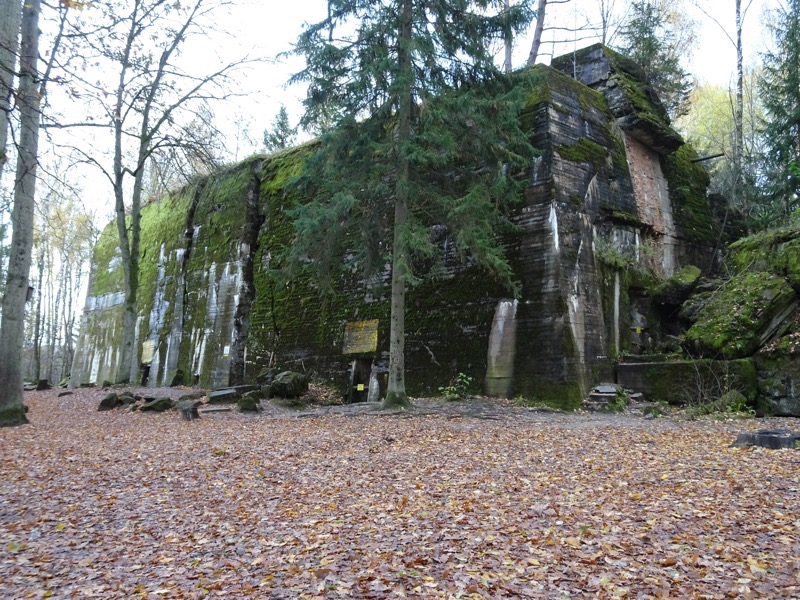
Each day, Hitler would take a walk alone with his dog at 09:00 in the morning before looking at the mail (which came by air or by train). At 12:00 he would have a situation briefing, which was normally held in Wilhelm Keitel’s or Alfred Jodl’s bunkers. These meetings would usually run for about two hours, after which he would have lunch at 14:00 in the dining hall. Witnesses recall that Hitler was a man of routine and habits and he invariably sat in the same chair, always between Alfred Jodl and Otto Dietrich. Wilhelm Keitel, Martin Bormann, and Hermann Göring’s personal adjutant, General Karl Bodenschatz would sit opposite him.
After lunch, Hitler would work on non-military matters and in the late afternoon, coffee would be served around 17:00 before a second military briefing with Alfred Jodl at 18:00. Dinner each day would start at 19:30 and could last up to two hours (I can’t stop thinking about the twenty women who were ‘kept’ here as his food tasters!), after which they would often watch films in the cinema. Yes, one of these big bunker style buildings was a cinema – I guess they needed somewhere to watch all those Leni Riefenstahl propaganda films (they also had a gambling hall/casino here in one as well). Hitler would usually retire to his private quarters where he ‘gave monologues’ to his closest acquaintance, including the two female secretaries who travelled with him to the Wolf’s Lair. Sometimes Hitler and his entourage would listen to gramophone records after dinner – Beethoven, Wagner or other operas – in what sounds like a very civilized and precise way to go about your day… but in among the seemingly orderly lives that these people lived, here, among in these bunkers, decisions were made that effectively signed the death warrants of millions of people across the whole of Nazi-occupied Europe as it was here the ‘Final Solution’ was developed and implemented.
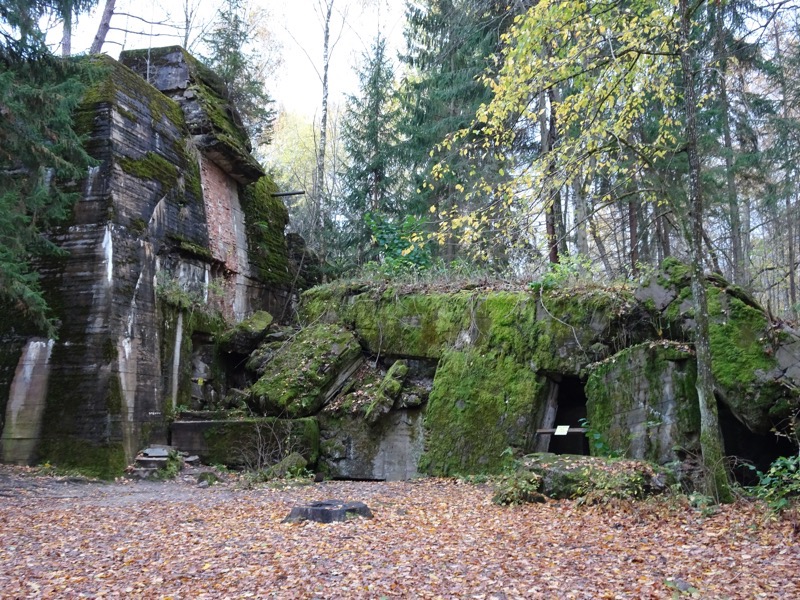
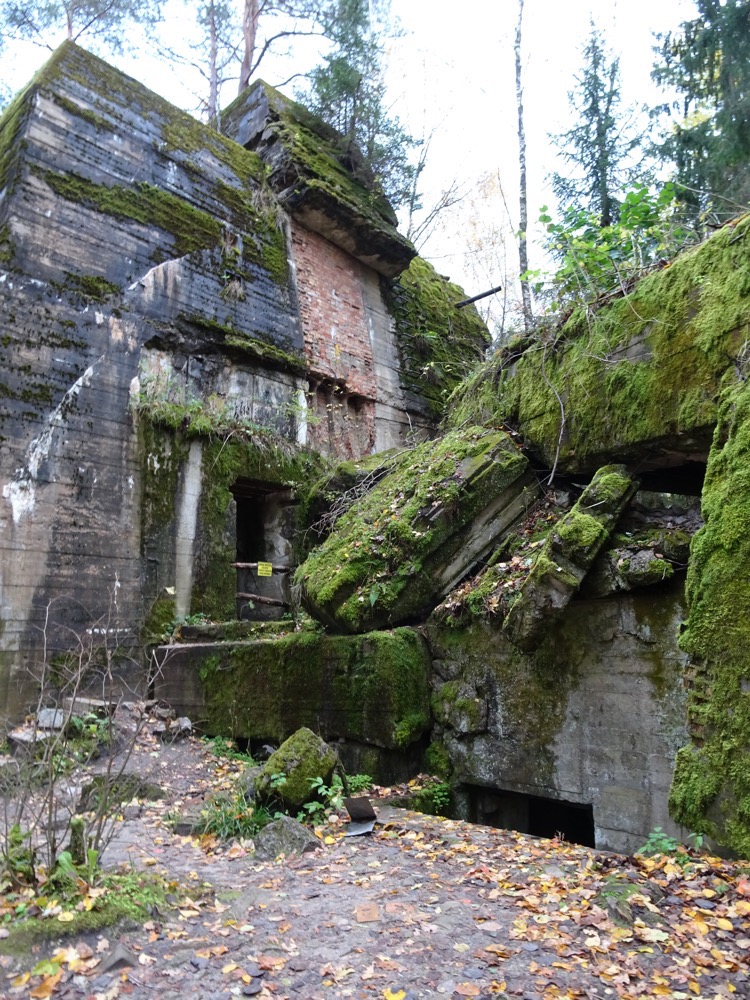
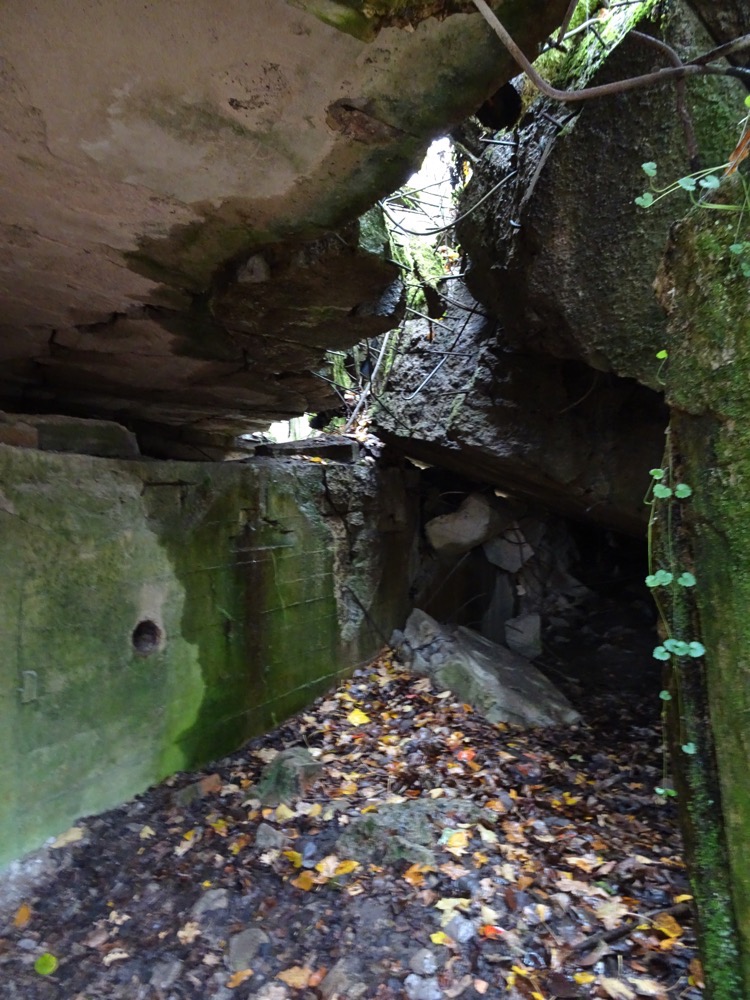
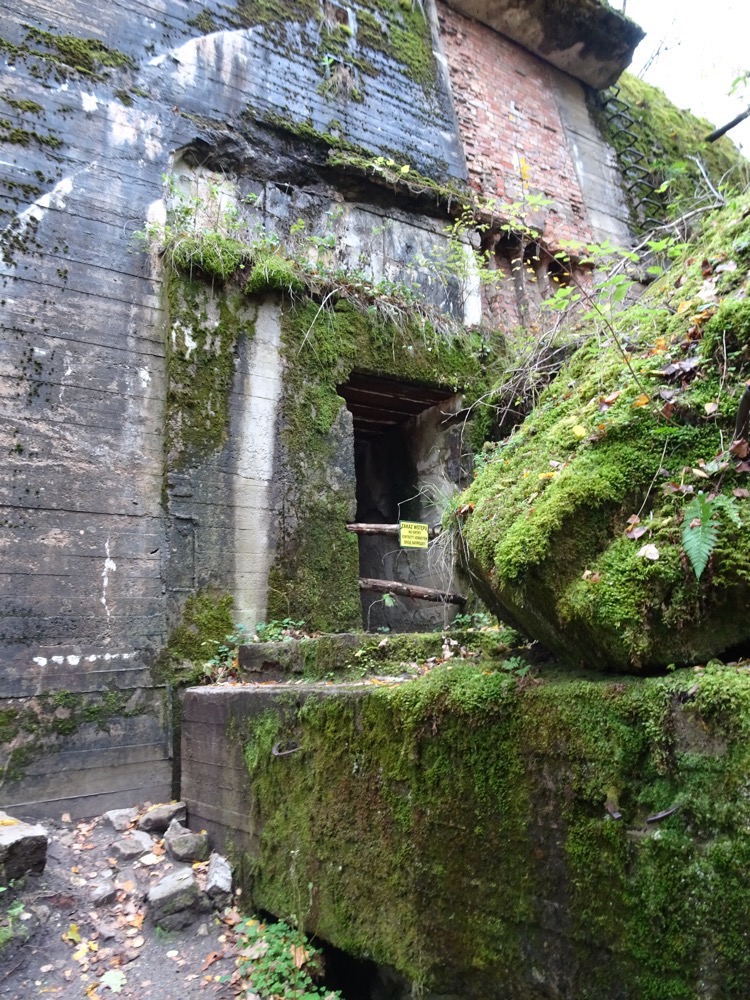
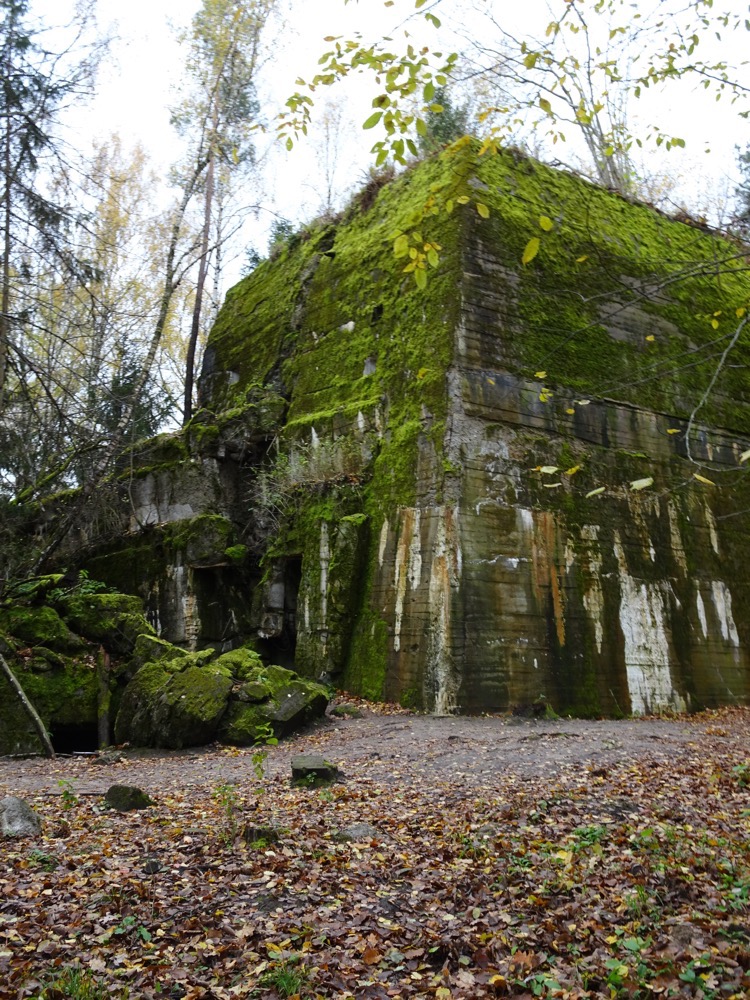
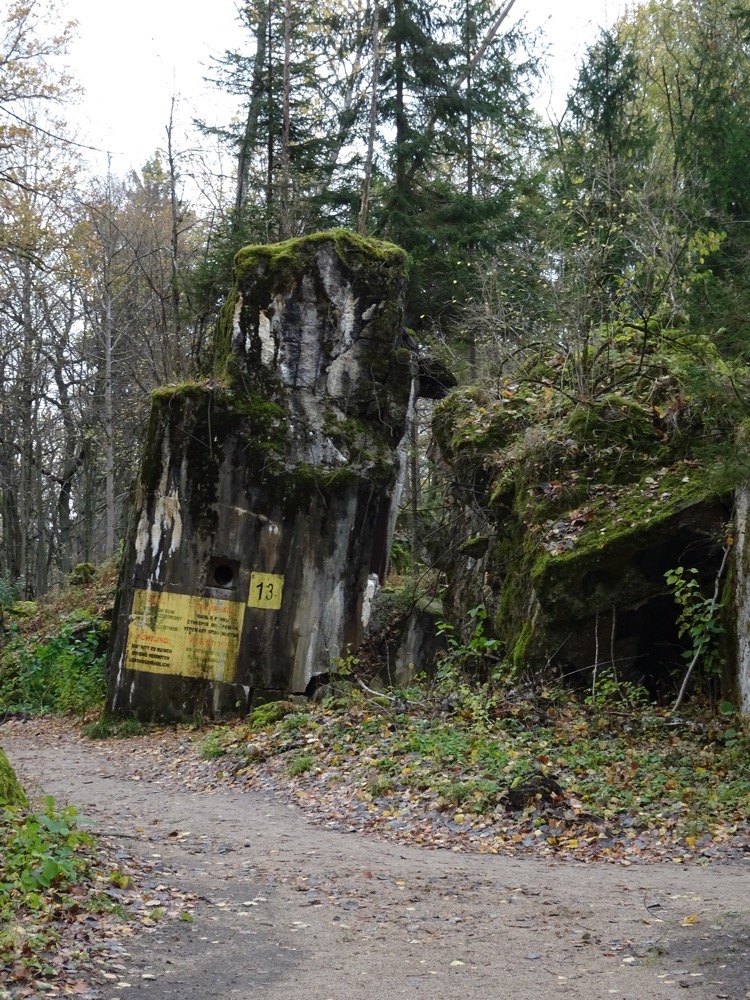 Looking inside what was Bunker 13 from the rear.
Looking inside what was Bunker 13 from the rear.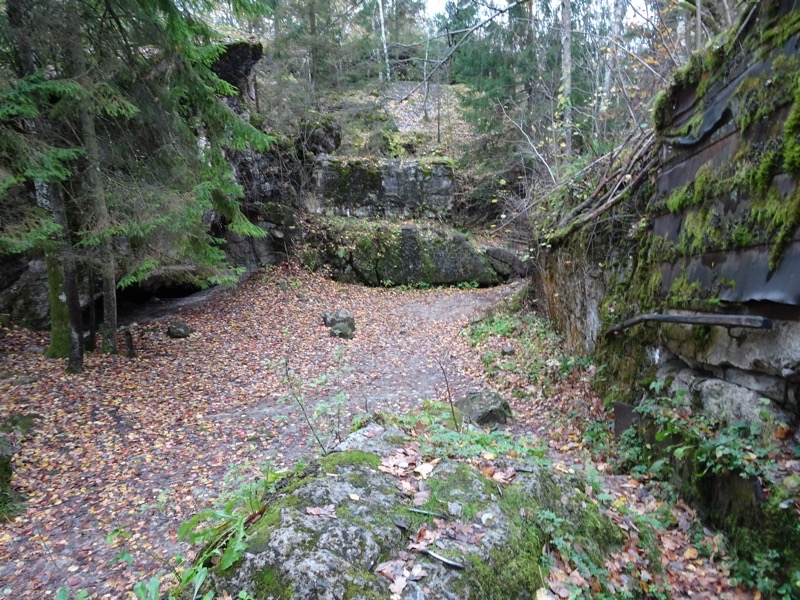
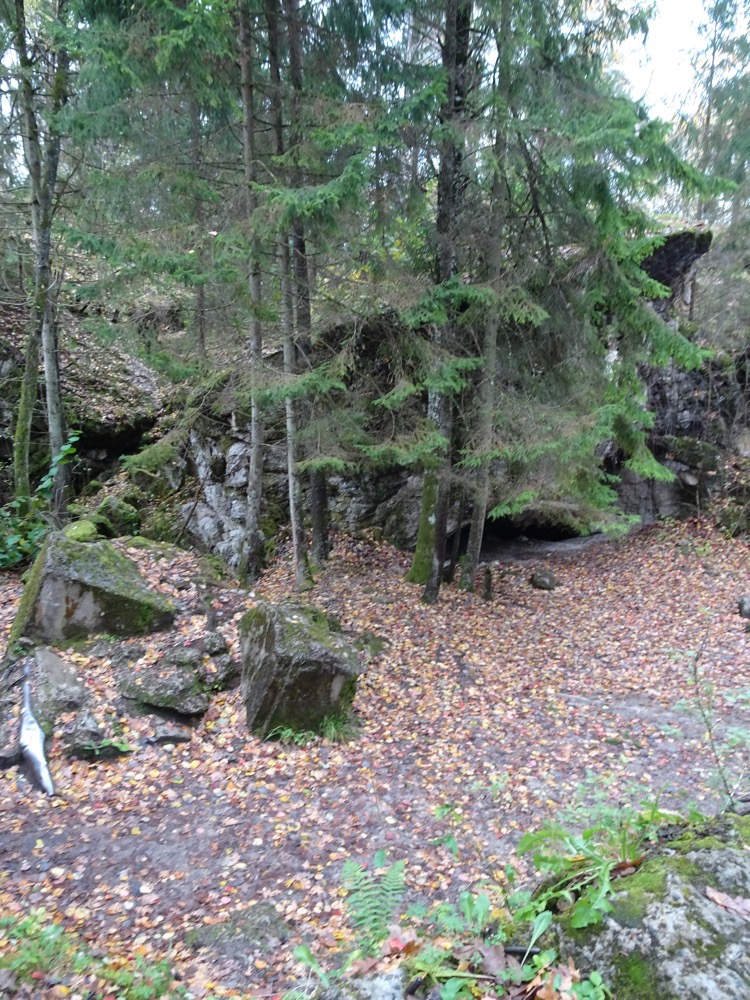
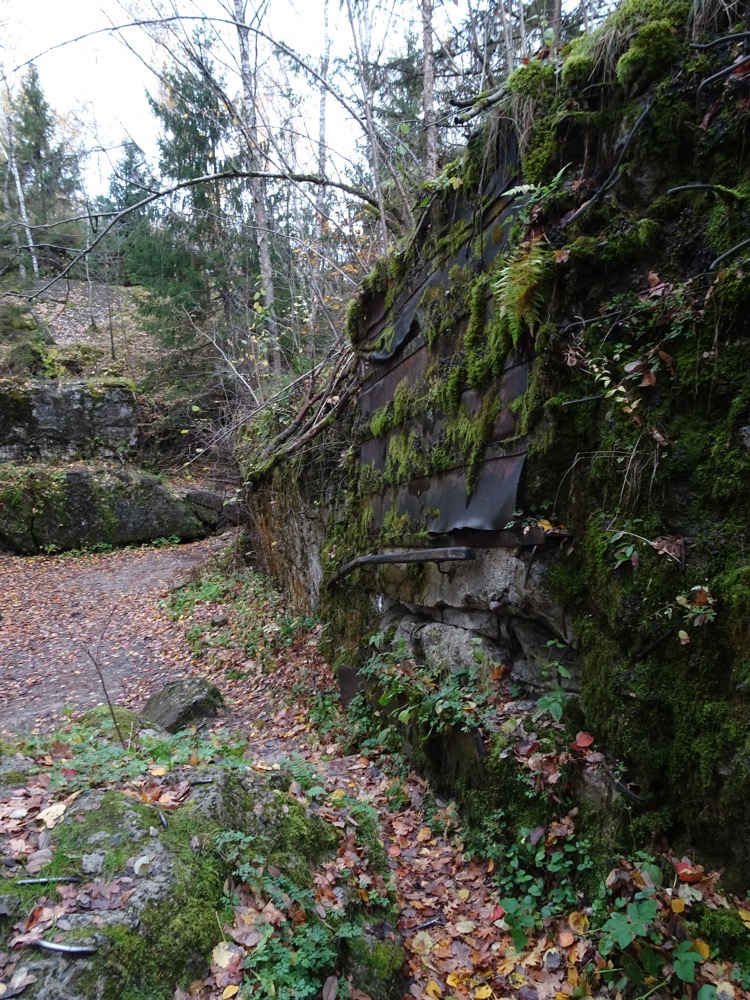
Building 12 – Radio and Telex Buildings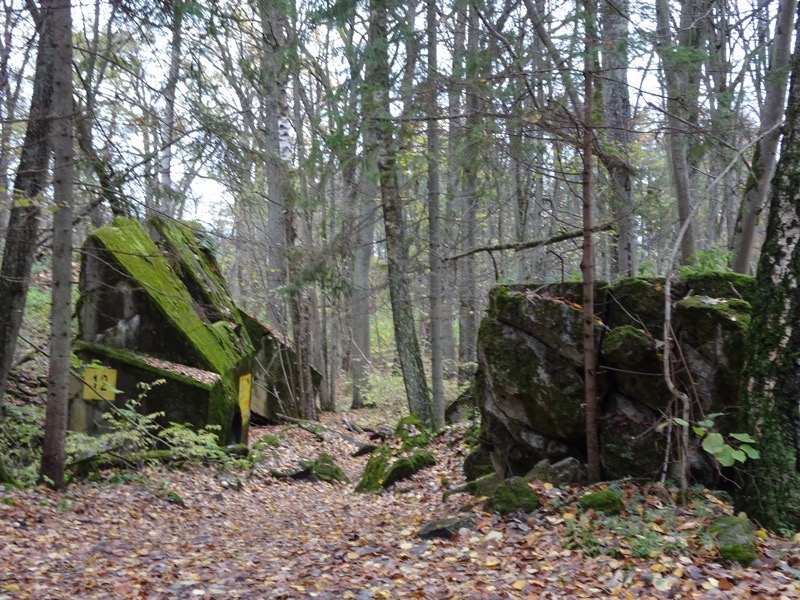
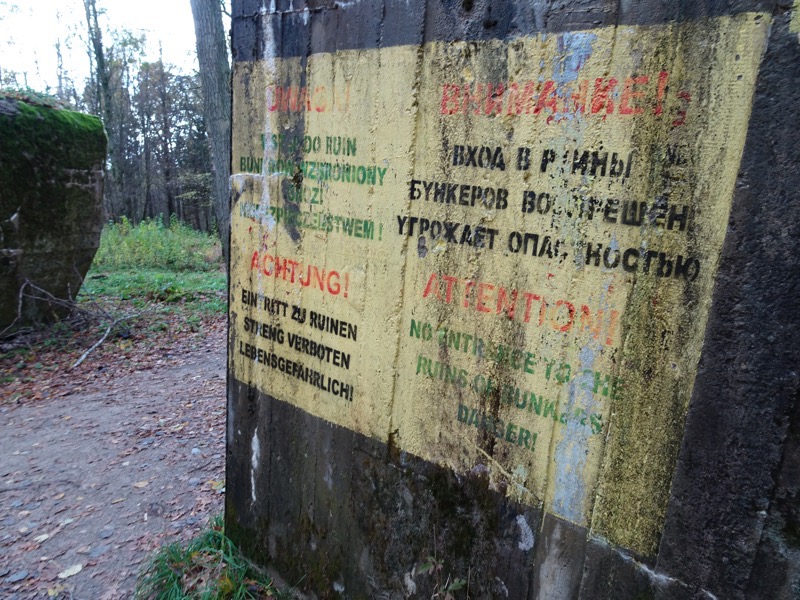 Bunker 20 – Martin Bormann’s personal air raid shelter for him and his staff. Bormann was Hitler’s personal secretary.
Bunker 20 – Martin Bormann’s personal air raid shelter for him and his staff. Bormann was Hitler’s personal secretary.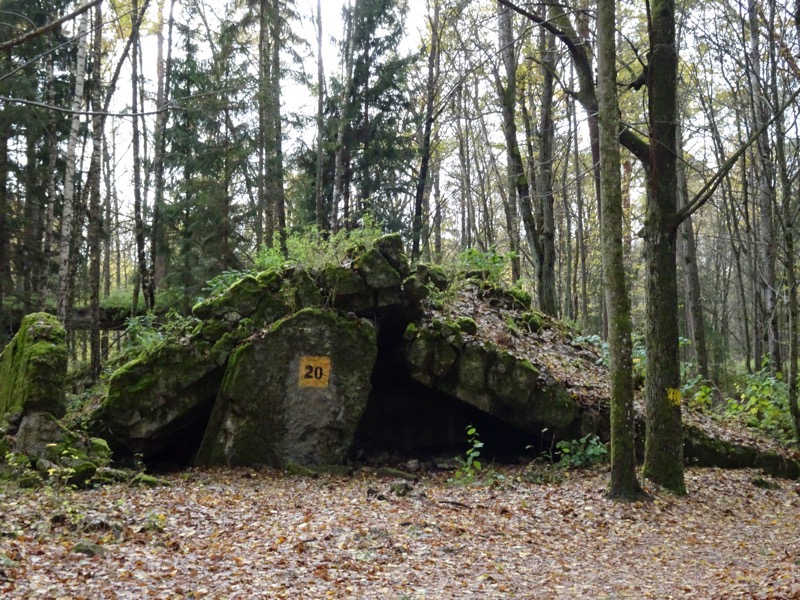 Bunker 16 was a building to house generators to provide power for the complex.
Bunker 16 was a building to house generators to provide power for the complex.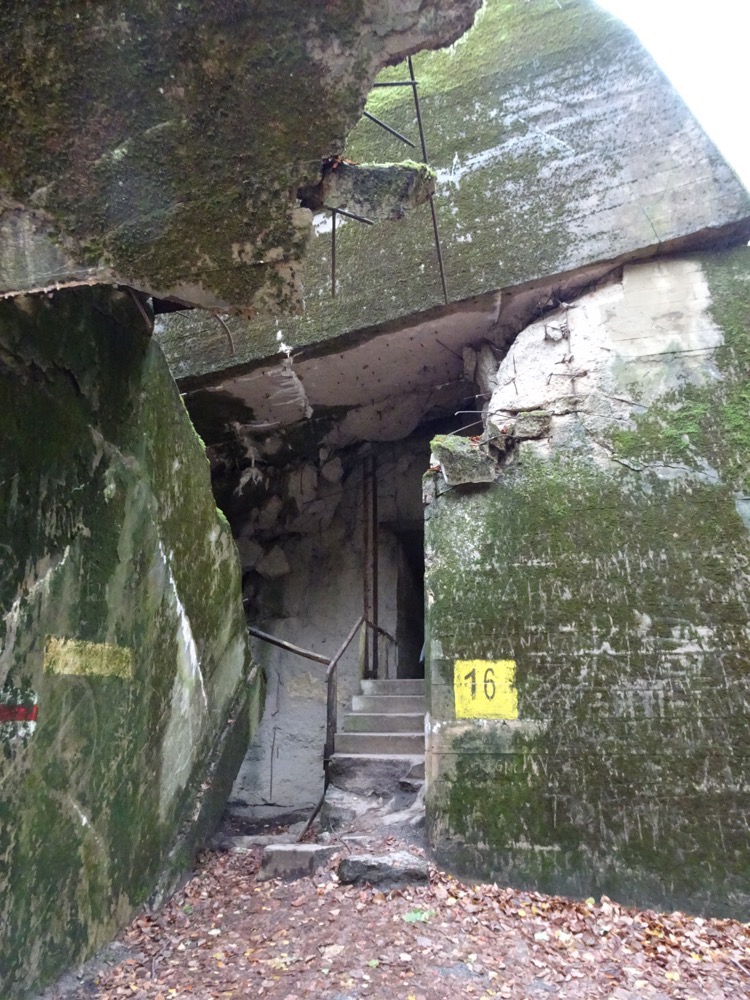
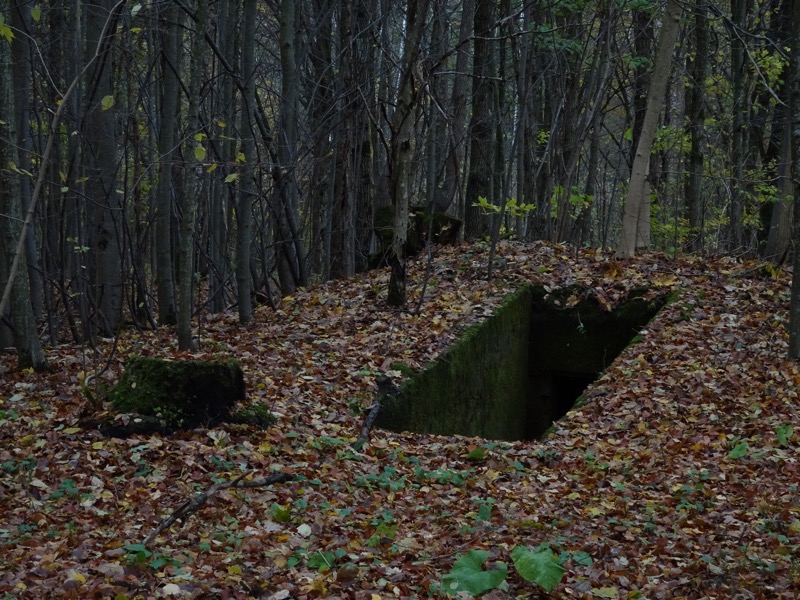 Hermann Goering’s Bunker:
Hermann Goering’s Bunker: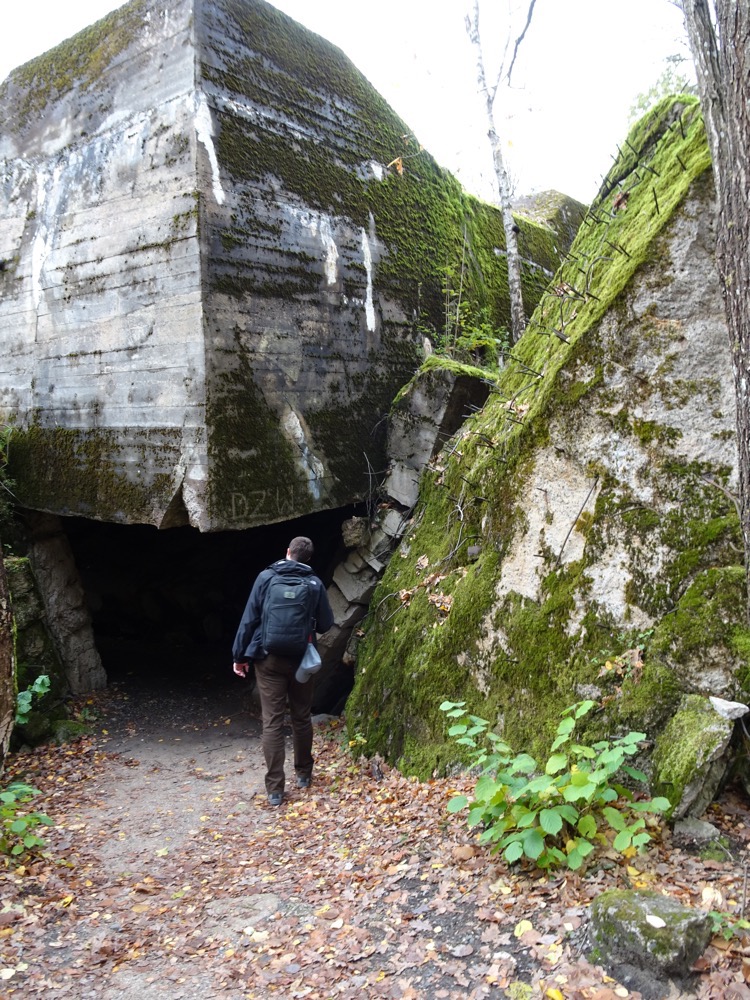 Walking under the ruins of Goering’s destroyed Bunker. It is cold, damp, and there is lots of thick rebar sticking out at all angles. Over our heads is a massive – just indescribably, massive and heavy – concrete slab over two metres thick. There are ‘no entrance’ signs everywhere but plenty of evidence that visitors have been walking through these spaces frequently.
Walking under the ruins of Goering’s destroyed Bunker. It is cold, damp, and there is lots of thick rebar sticking out at all angles. Over our heads is a massive – just indescribably, massive and heavy – concrete slab over two metres thick. There are ‘no entrance’ signs everywhere but plenty of evidence that visitors have been walking through these spaces frequently.
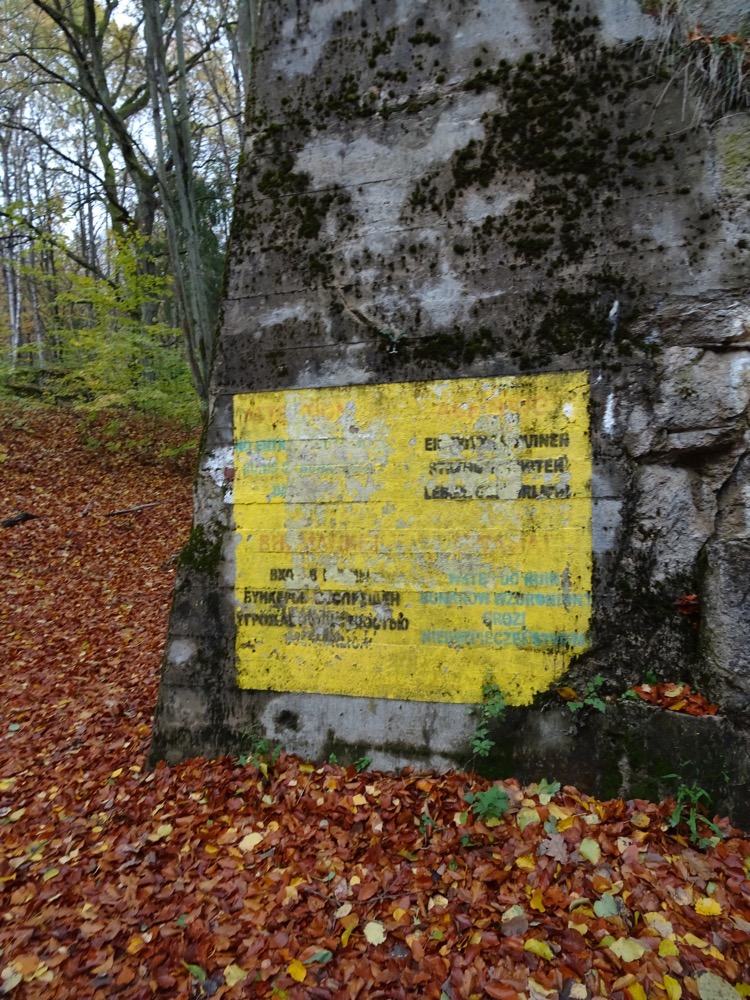 The concrete walls were indeed well thicker than 2-5m… yale for scale.
The concrete walls were indeed well thicker than 2-5m… yale for scale.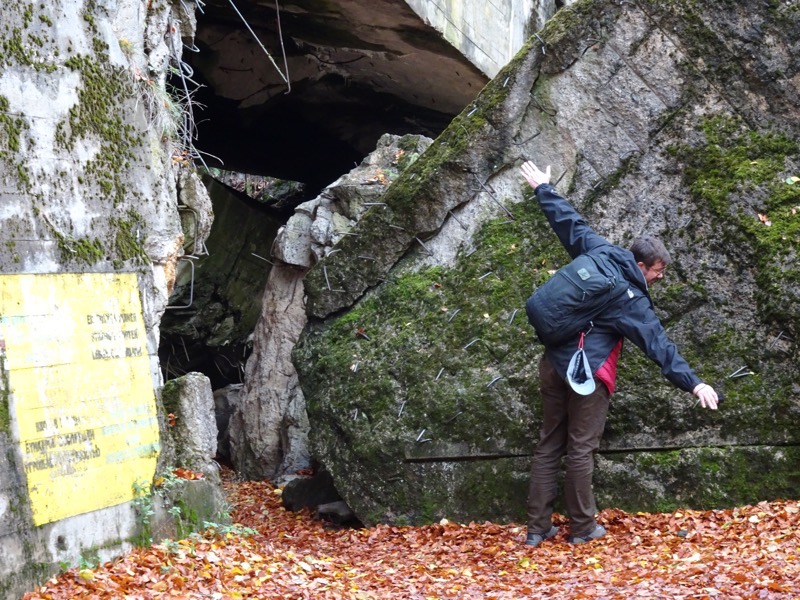 I had read that this place is not so great to visit in the summer – partly because of the crowds (though it apparently only sees 200,000 visitors a year, which is not that many compared to say, the five million plus visitors that see the Sistine Chapel each year), but also because of the foliage. In summer all the trees are still covered in their leaves, which obscure the size and shapes of the enormous bunkers. This was quite deliberate, Hitler was paranoid about the likelihood of an air bombing raid so the thick tree cover in the middle of the forest was designed to camouflage the entire complex. No major air offensive ever occurred here and it could be because the Western Allies were unaware of the Wolf’s Lair location entirely or were just unaware of its strategic importance – they have never disclosed whether they knew about it or not. The Soviet Red Army was certainly unaware of the complex’s location and scale when they discovered it during their advance towards Germany in late 1944. So anyway, from the leaf litter which is well over 20cm deep everywhere, I can imagine that in summer you would find it hard to make out the size, scale and even proximity of these buildings to each other, in the summertime.
I had read that this place is not so great to visit in the summer – partly because of the crowds (though it apparently only sees 200,000 visitors a year, which is not that many compared to say, the five million plus visitors that see the Sistine Chapel each year), but also because of the foliage. In summer all the trees are still covered in their leaves, which obscure the size and shapes of the enormous bunkers. This was quite deliberate, Hitler was paranoid about the likelihood of an air bombing raid so the thick tree cover in the middle of the forest was designed to camouflage the entire complex. No major air offensive ever occurred here and it could be because the Western Allies were unaware of the Wolf’s Lair location entirely or were just unaware of its strategic importance – they have never disclosed whether they knew about it or not. The Soviet Red Army was certainly unaware of the complex’s location and scale when they discovered it during their advance towards Germany in late 1944. So anyway, from the leaf litter which is well over 20cm deep everywhere, I can imagine that in summer you would find it hard to make out the size, scale and even proximity of these buildings to each other, in the summertime.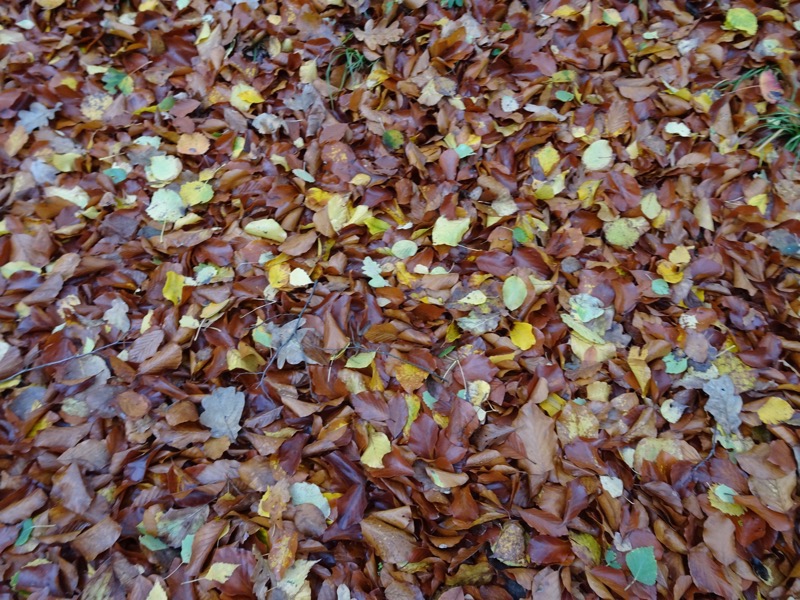 Hermann Goering’s House
Hermann Goering’s House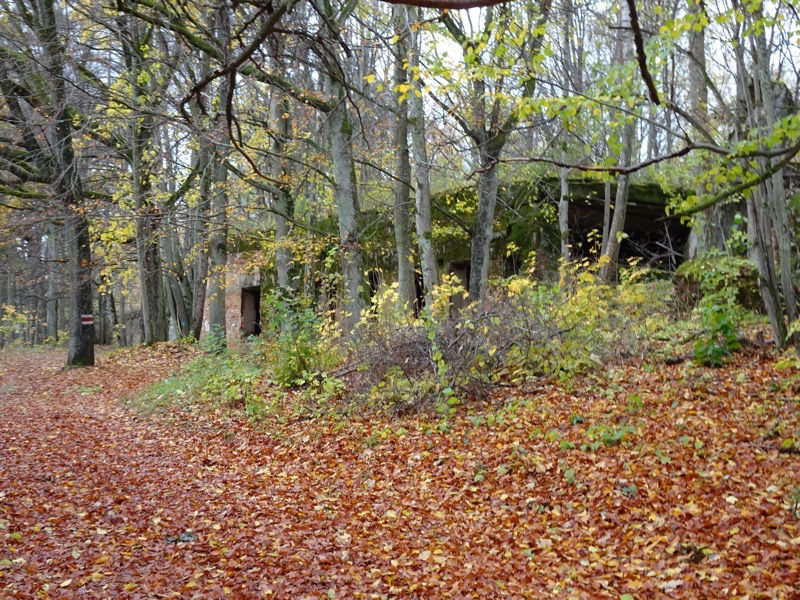
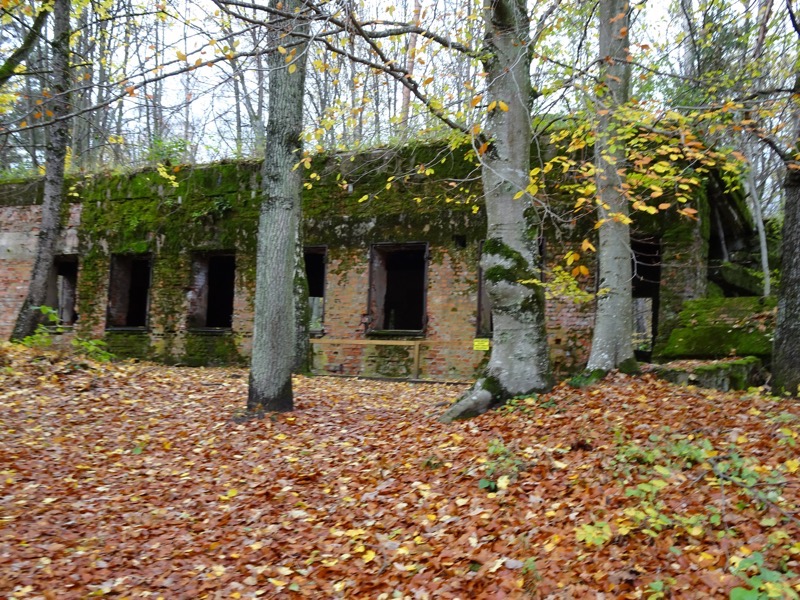
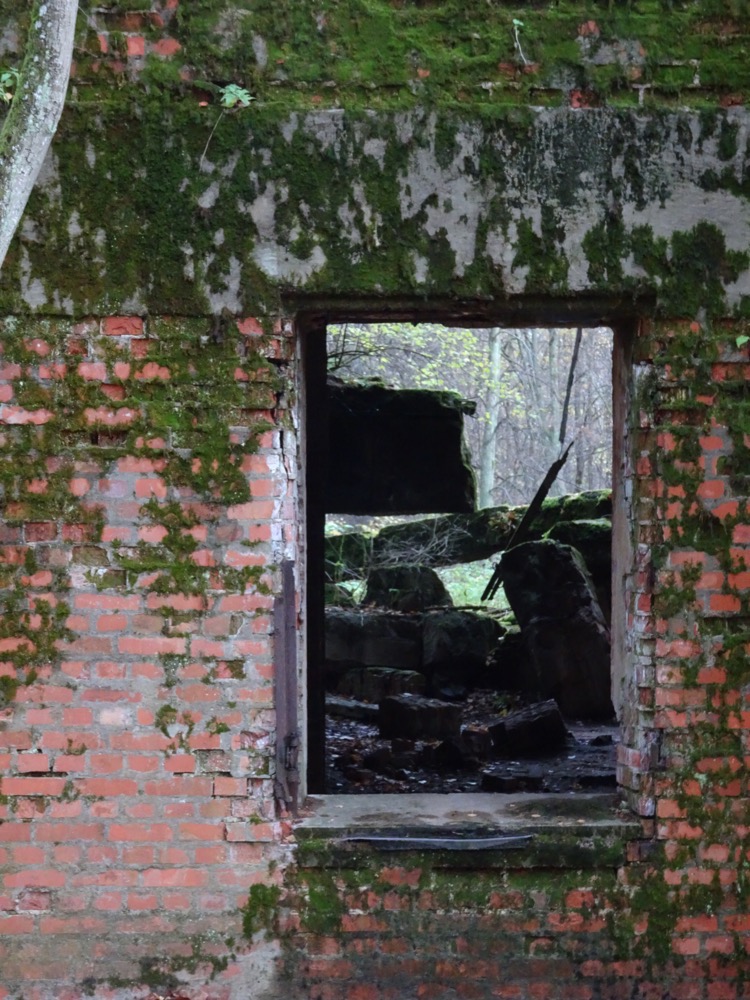
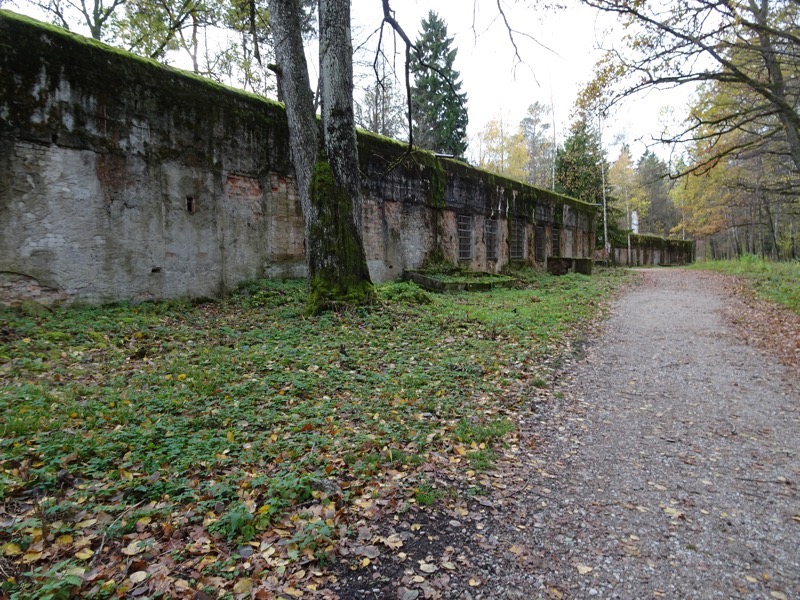
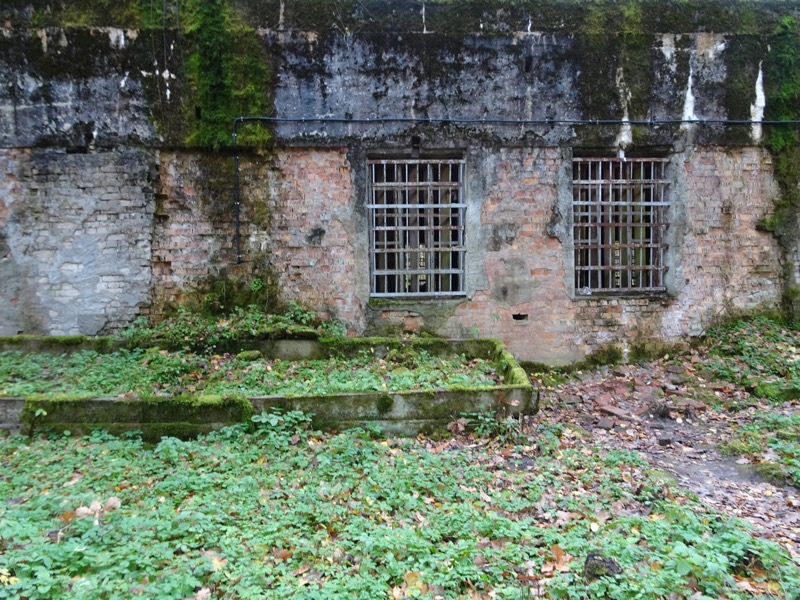 Ventilation shaft.
Ventilation shaft.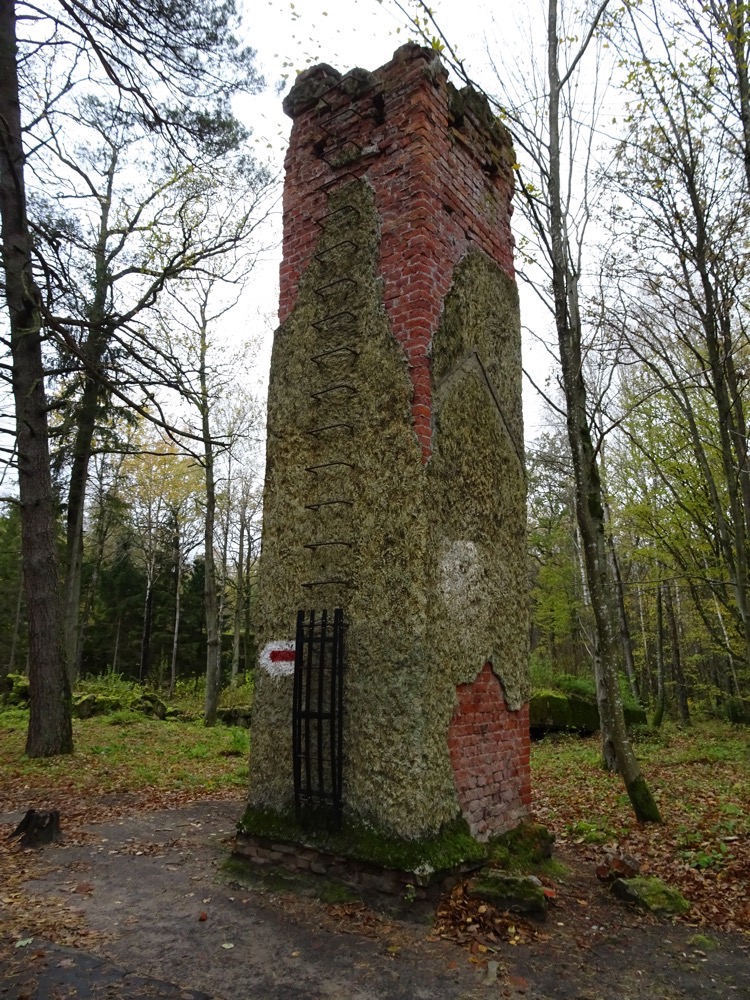
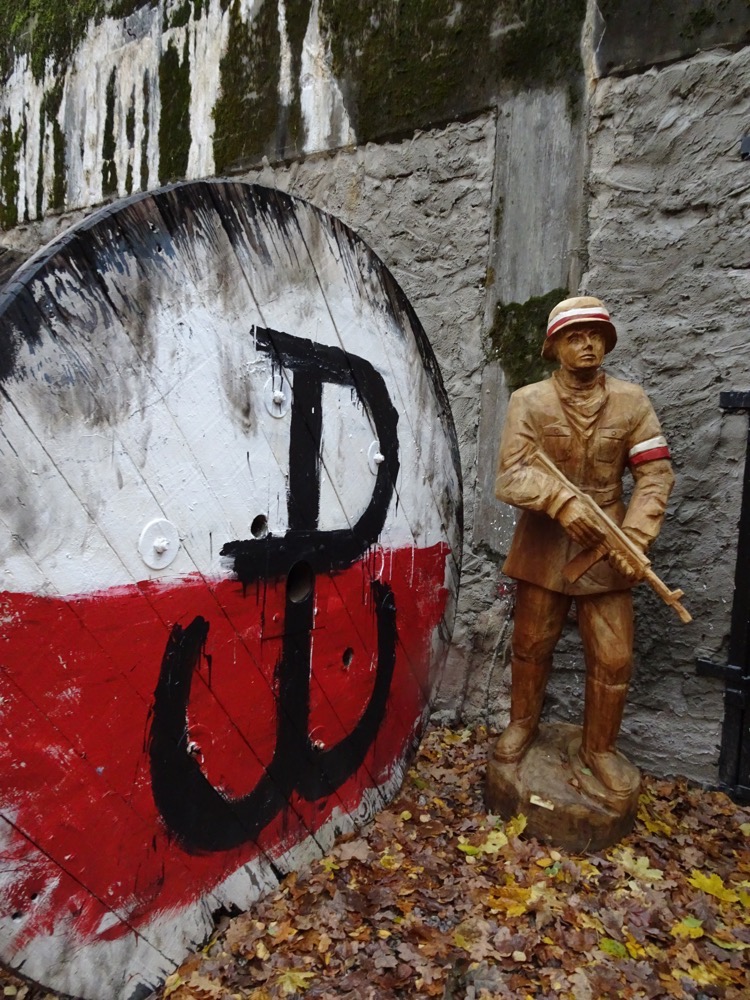 Recreated checkpoint – there were only three entrances to the complex, and each one had a checkpoint at security zone.
Recreated checkpoint – there were only three entrances to the complex, and each one had a checkpoint at security zone.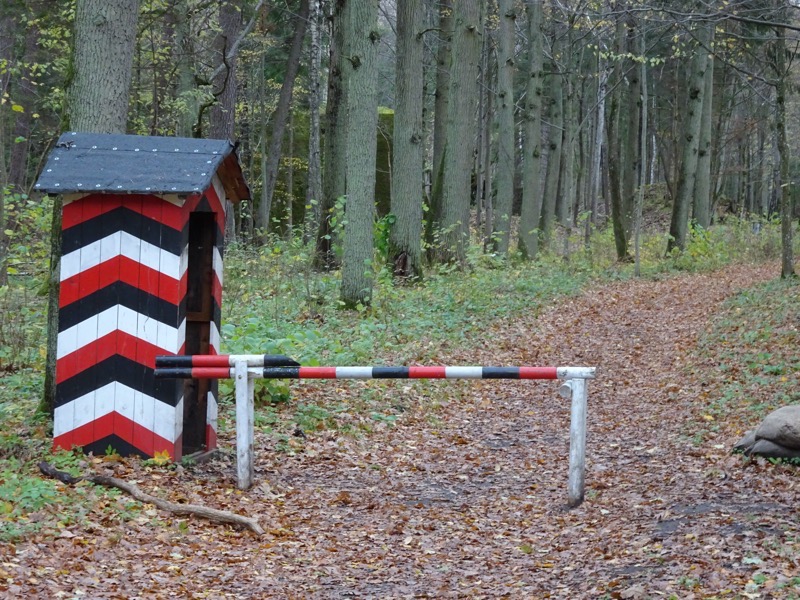 As we drove away from the Wolf’s Lair and my speed landscape photography attempted and failed to capture the forest, I couldn’t help but think that this area was once full of 54,000 landmines. Blurred and chaotic seems to work in this instance.
As we drove away from the Wolf’s Lair and my speed landscape photography attempted and failed to capture the forest, I couldn’t help but think that this area was once full of 54,000 landmines. Blurred and chaotic seems to work in this instance.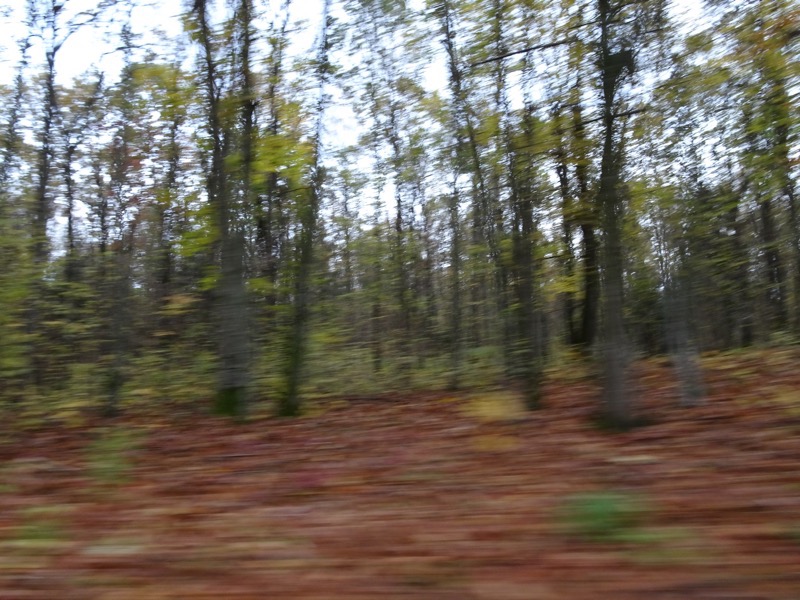 The roads became noticeable worse as we were heading through tiny little villages making out way back to the major highways on our way to Gdansk. We were hurtling along doing an average of 90kmph on some of the shittiest single lane back roads ever – I was literally holding my boobs some of the way, because I didn’t know I was going to need a sports bra to go for a drive in the countryside! Mind you, the crap conditions of the road doesn’t slow the locals down one bit – they were overtaking us at alarming breakneck speeds.
The roads became noticeable worse as we were heading through tiny little villages making out way back to the major highways on our way to Gdansk. We were hurtling along doing an average of 90kmph on some of the shittiest single lane back roads ever – I was literally holding my boobs some of the way, because I didn’t know I was going to need a sports bra to go for a drive in the countryside! Mind you, the crap conditions of the road doesn’t slow the locals down one bit – they were overtaking us at alarming breakneck speeds.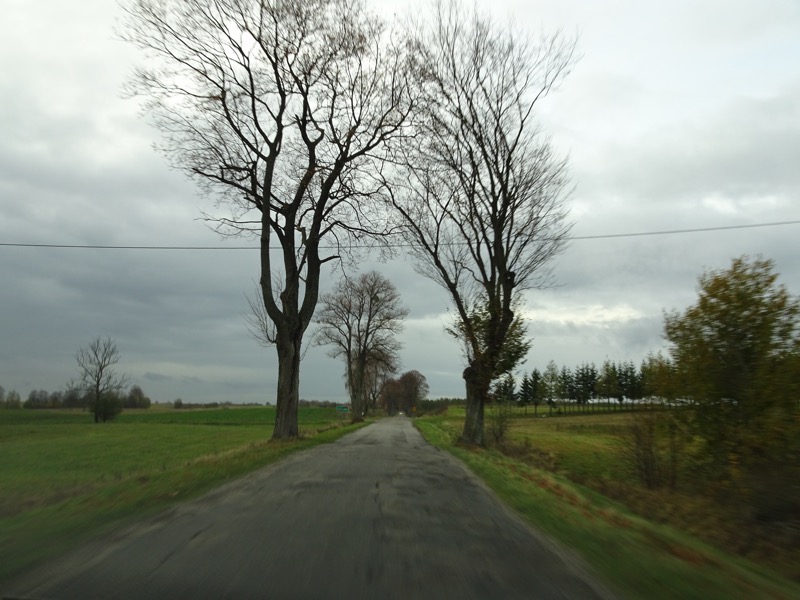 Honestly – we were doing just over 90kmph when this video was taken…
Honestly – we were doing just over 90kmph when this video was taken…
Eventually, we made our way back to the highway and then had to figure out how to get our car into the centre of Gdansk’s predominantly pedestrianised Old Town where our accommodation, the Aparthotel Neptun, is located. It was a little bit tricksy – you can approach the Old Town from many sides by car, but you can’t drive through the middle of it, so if your stupid GPS sends you to the wrong side and then suggests you drive the 100m to your hotel, right through the middle of people taking an evening stroll down the Long Market, you really need to back out and then fight your way around to try and enter from a different direction. We only got pulled over by Police, once, so we thought we did okay.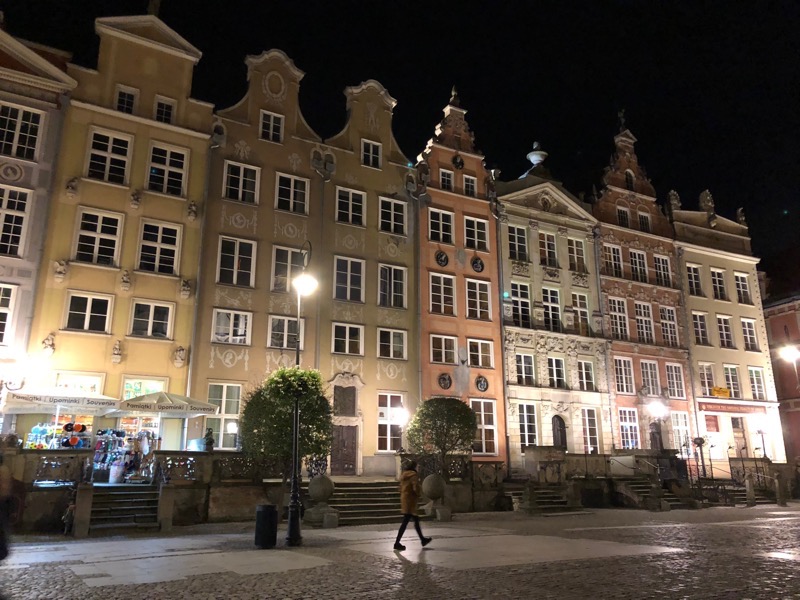 We checked in (nice hotel, actually) and then went straight back out again to find some dinner, as lunch was a dodgy service station hotdog many hours and several hundred kilometres ago. We wandered the Long Market and ended up at a restaurant called the ‘Latający Holender’ where we were met with some of the best food, but worst customer service in Poland… which is saying something really because between here, Krakow, and Warsaw, I don’t think we have met any hospitality or retail staff who were in any way welcoming, hospitable or even a little bit friendly. It’s kinda to be expected I guess – end of the tourist season, god knows I’d be over the bloody tourists too… but take heed waitpeople – winter is coming, and then we will see who is missing the tourists, their foreign currencies and their tipping habits!
We checked in (nice hotel, actually) and then went straight back out again to find some dinner, as lunch was a dodgy service station hotdog many hours and several hundred kilometres ago. We wandered the Long Market and ended up at a restaurant called the ‘Latający Holender’ where we were met with some of the best food, but worst customer service in Poland… which is saying something really because between here, Krakow, and Warsaw, I don’t think we have met any hospitality or retail staff who were in any way welcoming, hospitable or even a little bit friendly. It’s kinda to be expected I guess – end of the tourist season, god knows I’d be over the bloody tourists too… but take heed waitpeople – winter is coming, and then we will see who is missing the tourists, their foreign currencies and their tipping habits!
What was I saying? Dinner. Right. It was quite good actually and dining out now we are back in Poland, is cheap, cheap, cheap! I rarely used to photograph food for my blog, but then I found myself saying, ‘What was that thing we tried in Buenos Aires at that restaurant after we went to the place…?’ So now I am making more of an effort – so I can hunt down recipes back home for things we liked too.
After a bit of pfaffing around with tables, ‘Sit wherever you like’… we then take a seat and then it felt like the server was rolling his eyes at us and a ‘Why are they sitting there?’ type attitude ensued..?! We then waited for nearly ten minutes for menus … about halfway through what seemed an interminably long wait for a menu I said, ‘I think they are hoping we will give up and leave, but they have underestimated my current mood!’ We then waited again for ages to get drinks… part of this sense of waiting stemmed from watching the servers all gathering not far from our table and seemingly hanging out and chatting with each other instead of filling drink orders and seating customers, etc?! I dunno, the disdain was coming off them in waves – but hopefully not just in our direction. 😛
I ordered for an appetiser – Tiger prawns cooked in butter, onion, chili, fresh parsley, white wine and served with garlic bread… it was pretty fabulous. and yale ordered the Goulash soup – which was rather more watery and somewhat oilier than he had hoped. So that one was a bit hit and miss.
and yale ordered the Goulash soup – which was rather more watery and somewhat oilier than he had hoped. So that one was a bit hit and miss.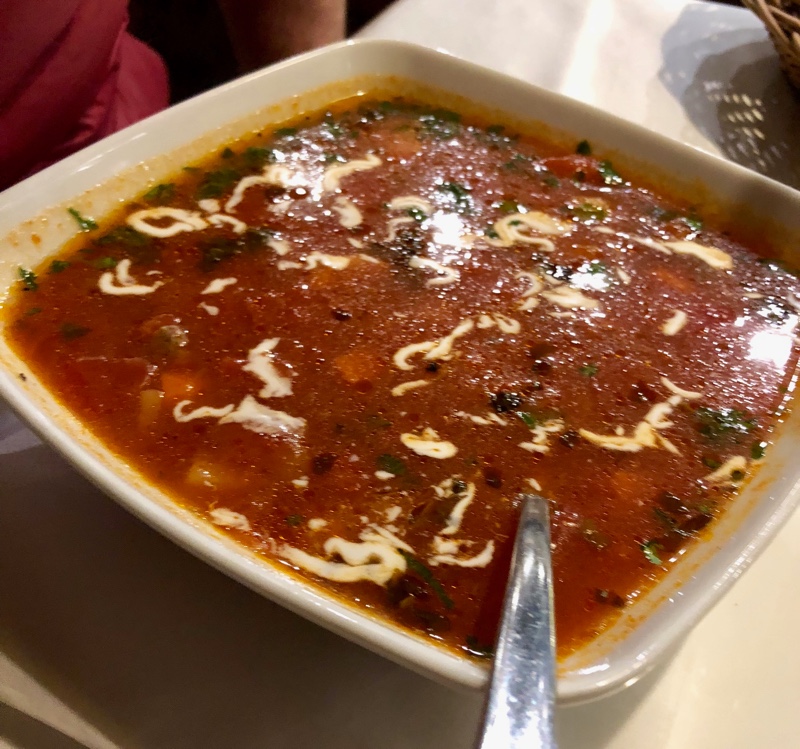 For a main, I ordered the Grilled salmon with roasted potatoes, green asparagus, butter sauce and caviar. Again, lovely though I usually prefer my salmon slightly more medium.
For a main, I ordered the Grilled salmon with roasted potatoes, green asparagus, butter sauce and caviar. Again, lovely though I usually prefer my salmon slightly more medium.
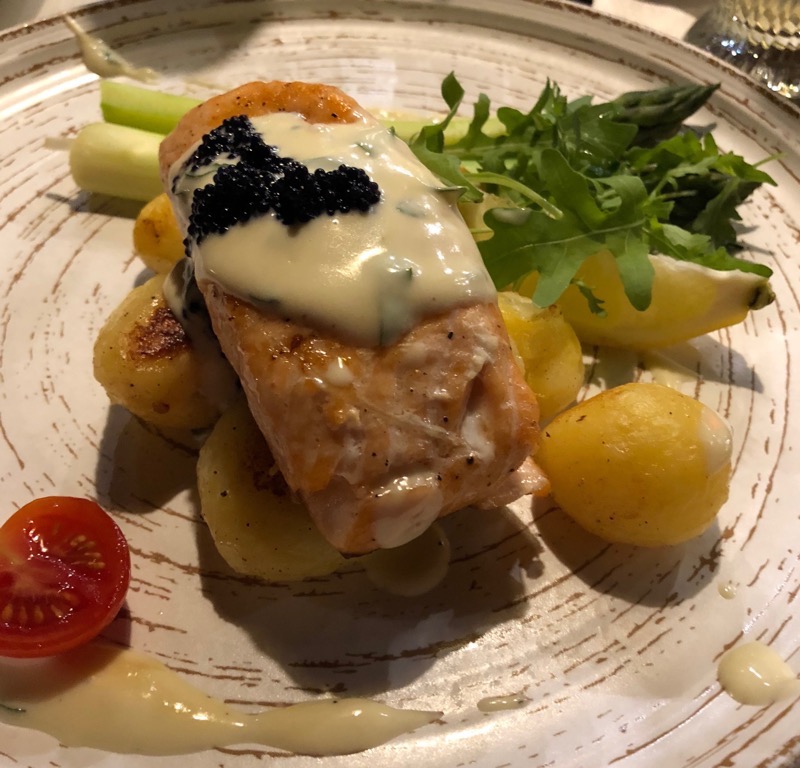 And yale seemed to commit some sort of unwritten ordering faux pas by having the audacity to order two dishes (he’s a big guy, he gets hungry), of Meat Dumplings, stuffed with beef and pork meat, smoked bacon, onion, arugula, and tomatoes. And a main dish called, Desk of Polish Sausage, comprising of a selection of Polish sausage served with bread, pickled cucumber, mustard and horseradish.
And yale seemed to commit some sort of unwritten ordering faux pas by having the audacity to order two dishes (he’s a big guy, he gets hungry), of Meat Dumplings, stuffed with beef and pork meat, smoked bacon, onion, arugula, and tomatoes. And a main dish called, Desk of Polish Sausage, comprising of a selection of Polish sausage served with bread, pickled cucumber, mustard and horseradish.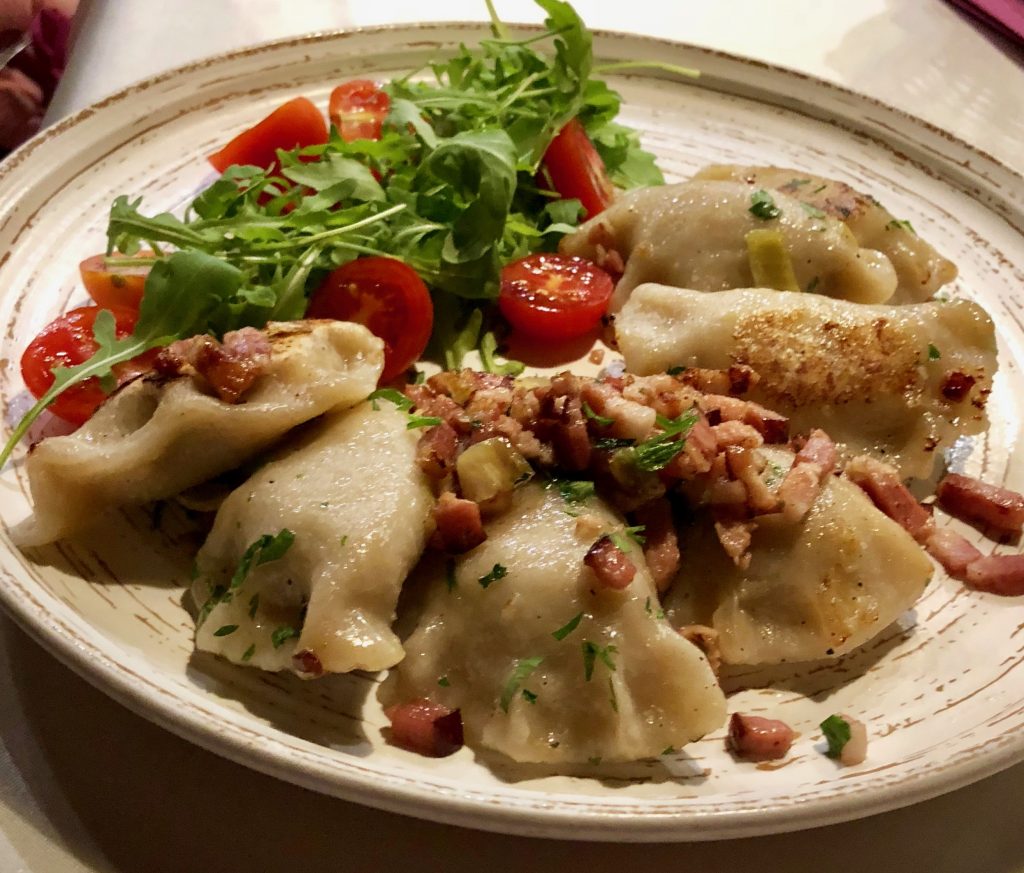 Well didn’t the little man have a ‘Two dinners? How could you? Wait, how will I serve them?’ moment over that. Like I said, weird service. Great food.
Well didn’t the little man have a ‘Two dinners? How could you? Wait, how will I serve them?’ moment over that. Like I said, weird service. Great food.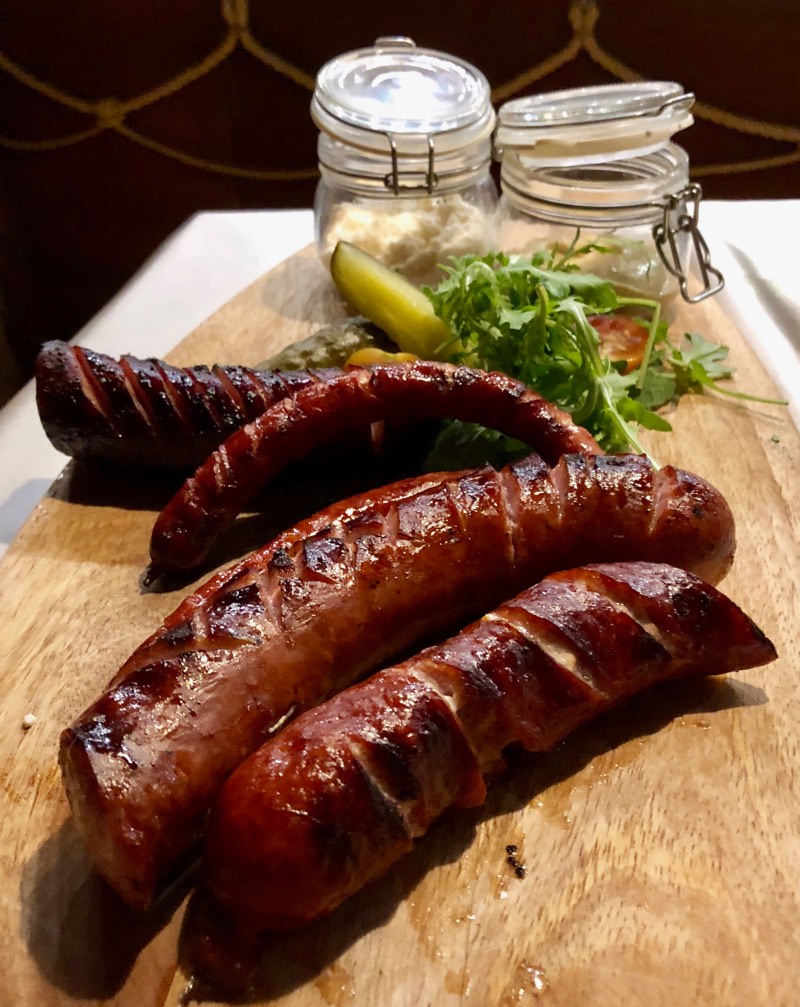 A few happy ciders later and we didn’t much care either way for the server’s attitude anyway. Dinner was nice, but I wouldn’t recommend it unless you like being treated like an inconvenience by the staff. 😛
A few happy ciders later and we didn’t much care either way for the server’s attitude anyway. Dinner was nice, but I wouldn’t recommend it unless you like being treated like an inconvenience by the staff. 😛
What a long, long day. Tomorrow – Gdansk!
